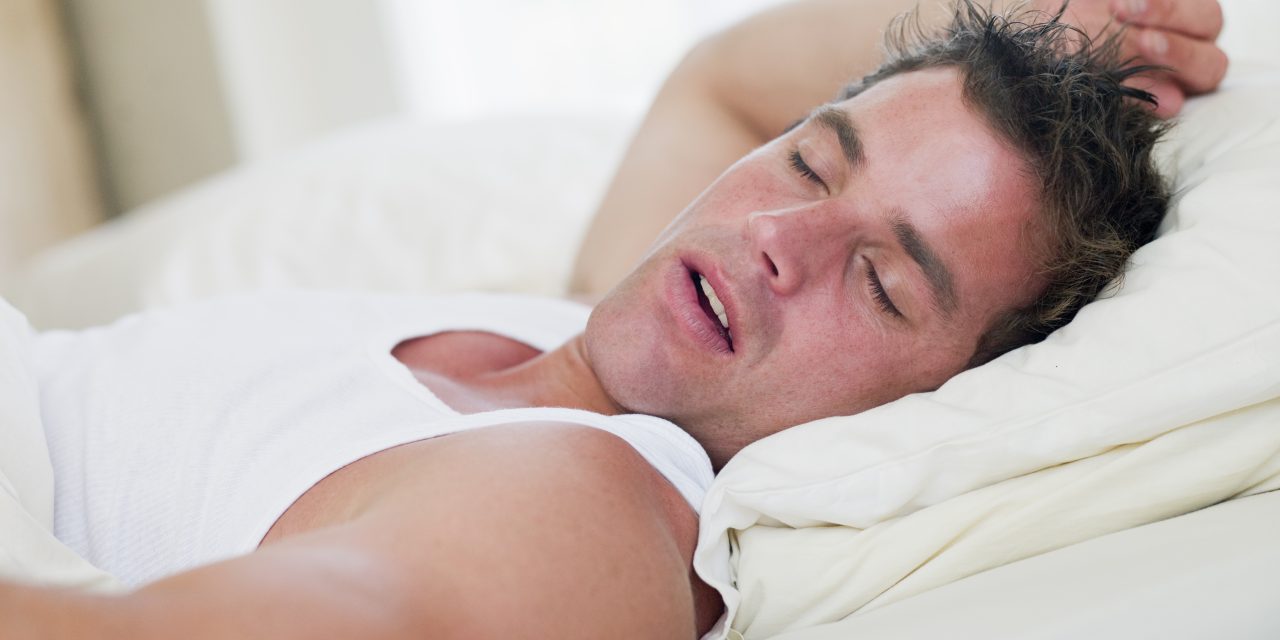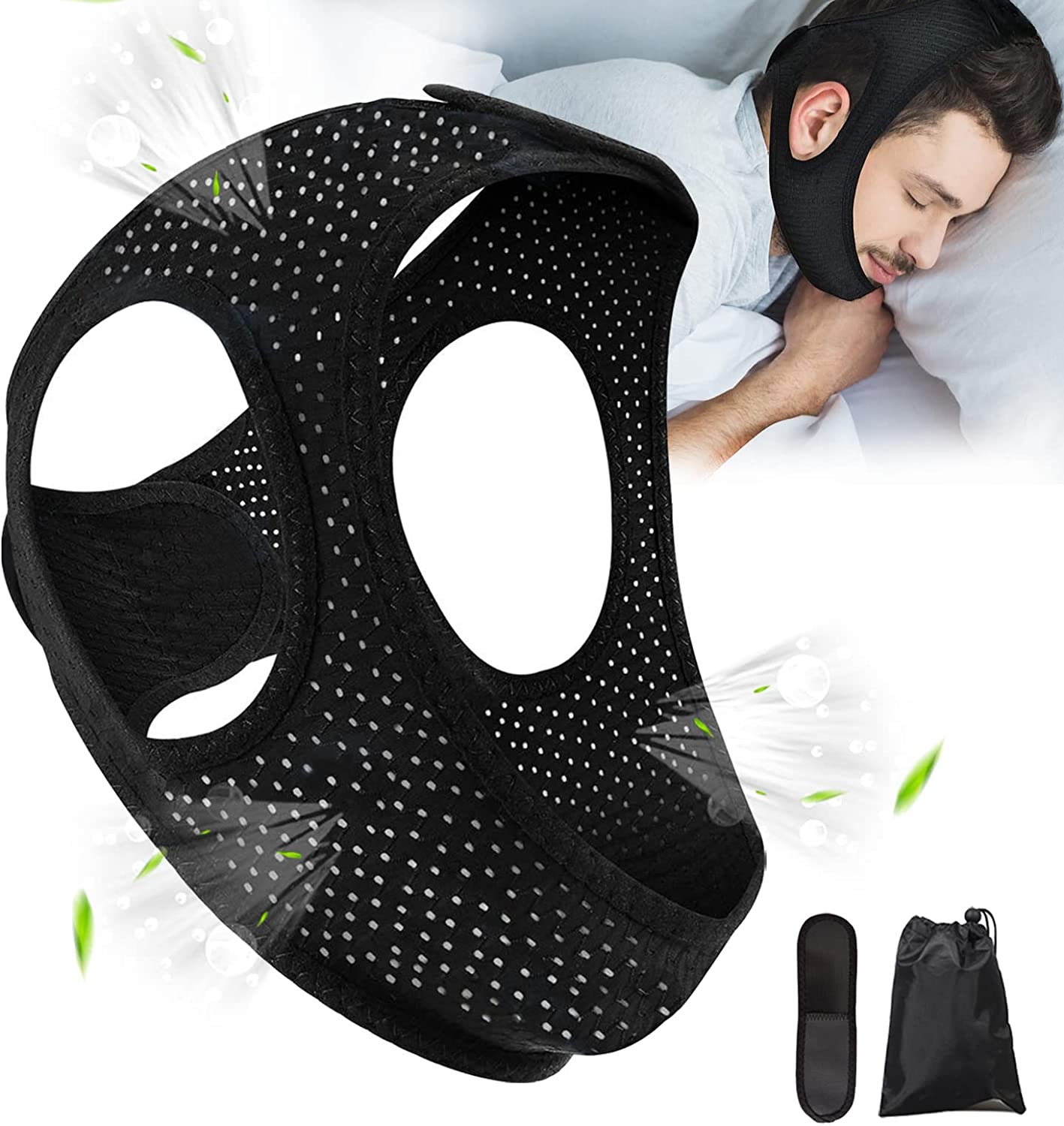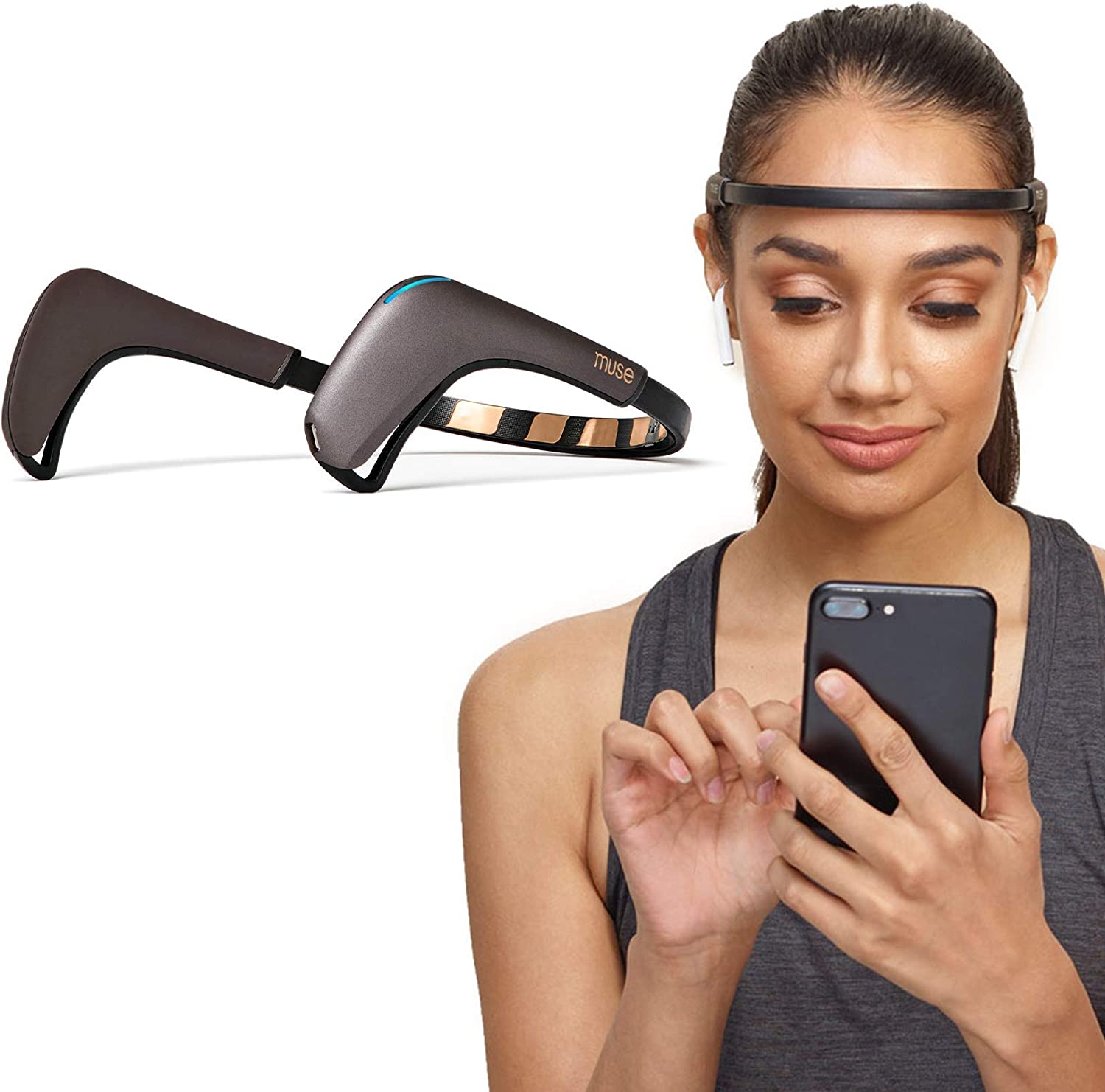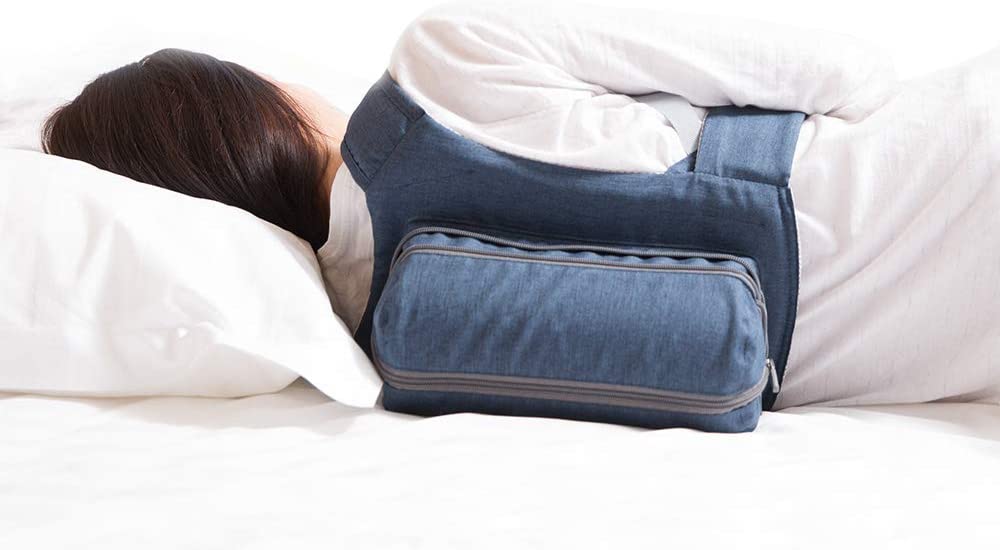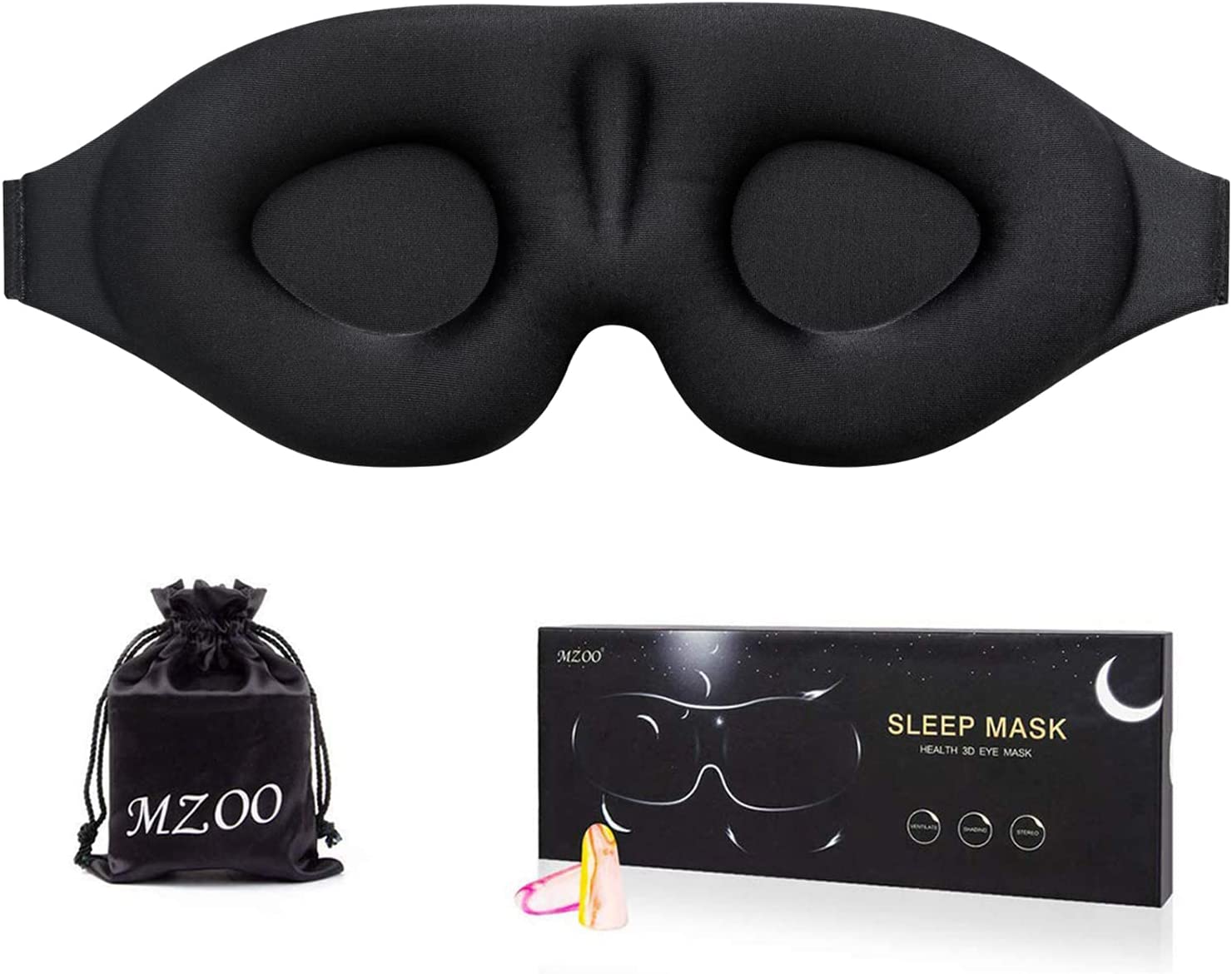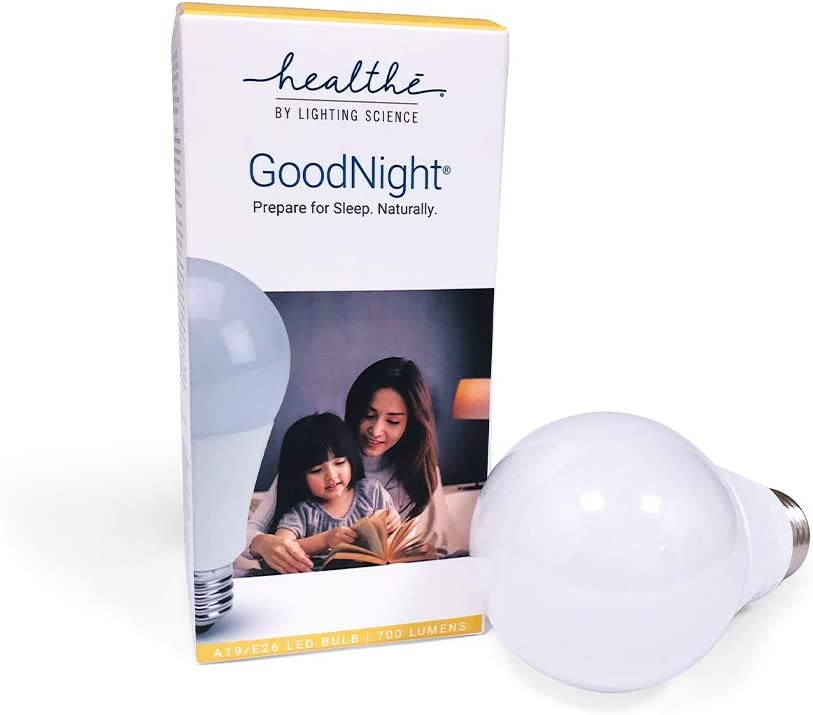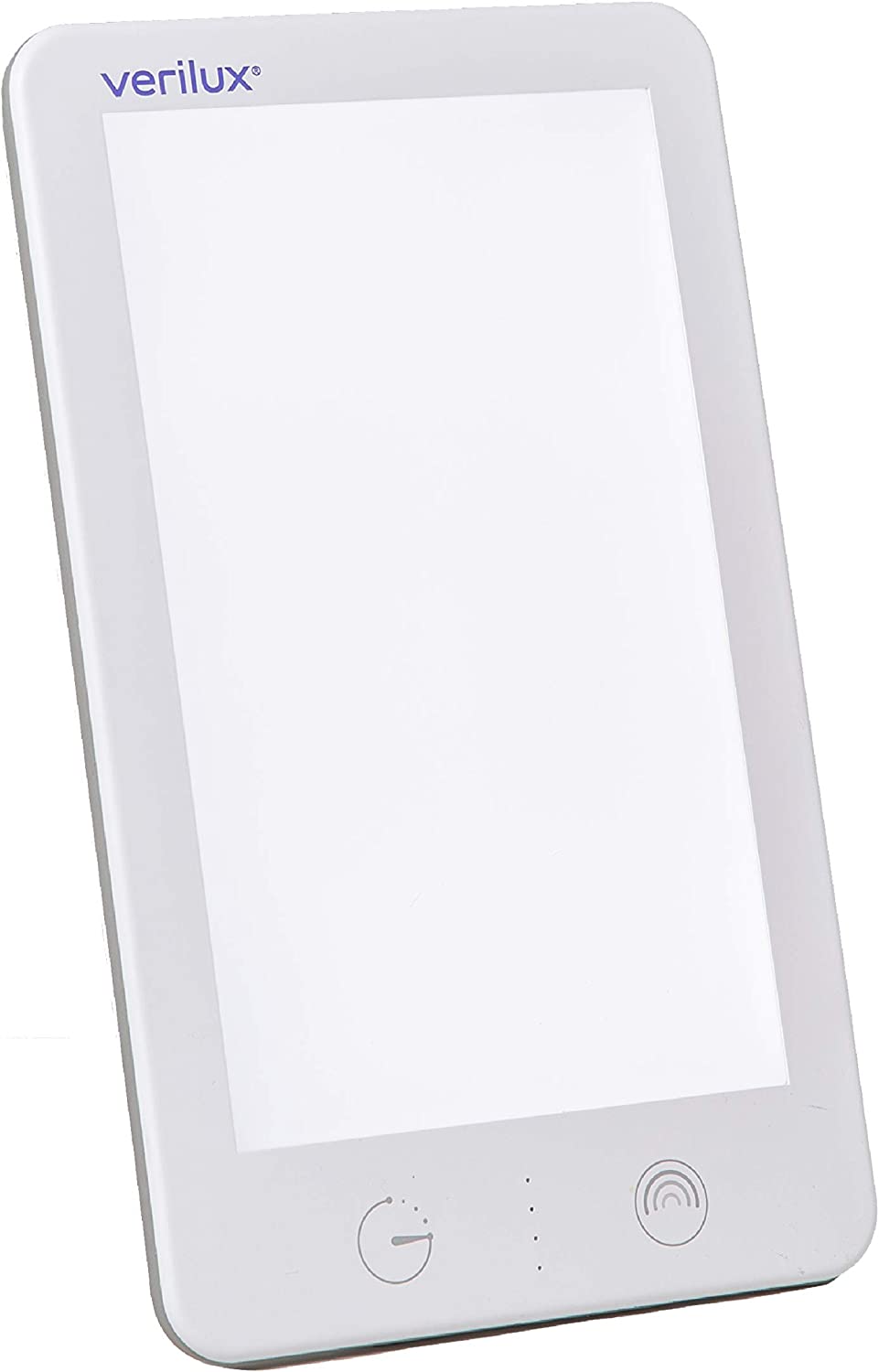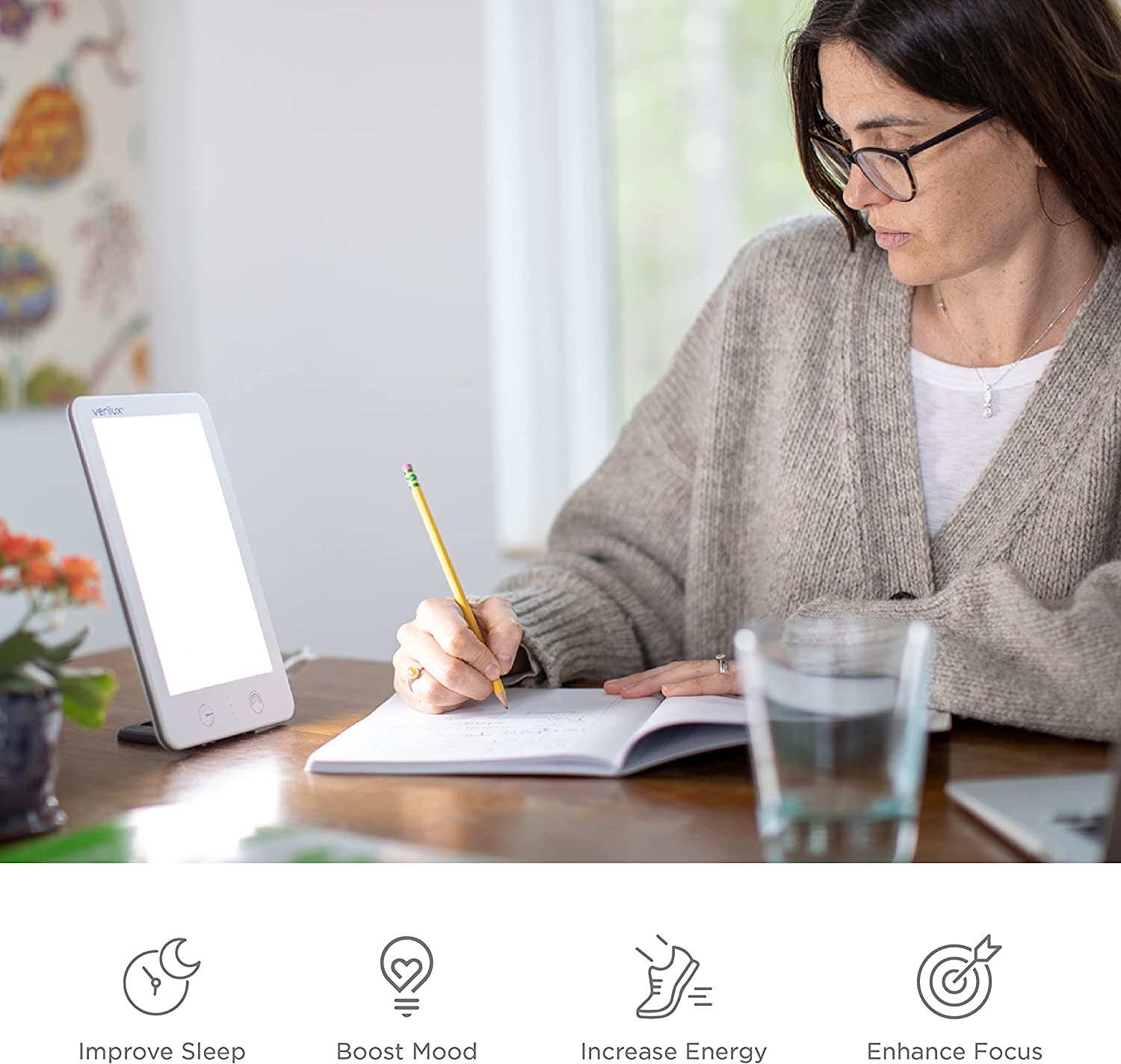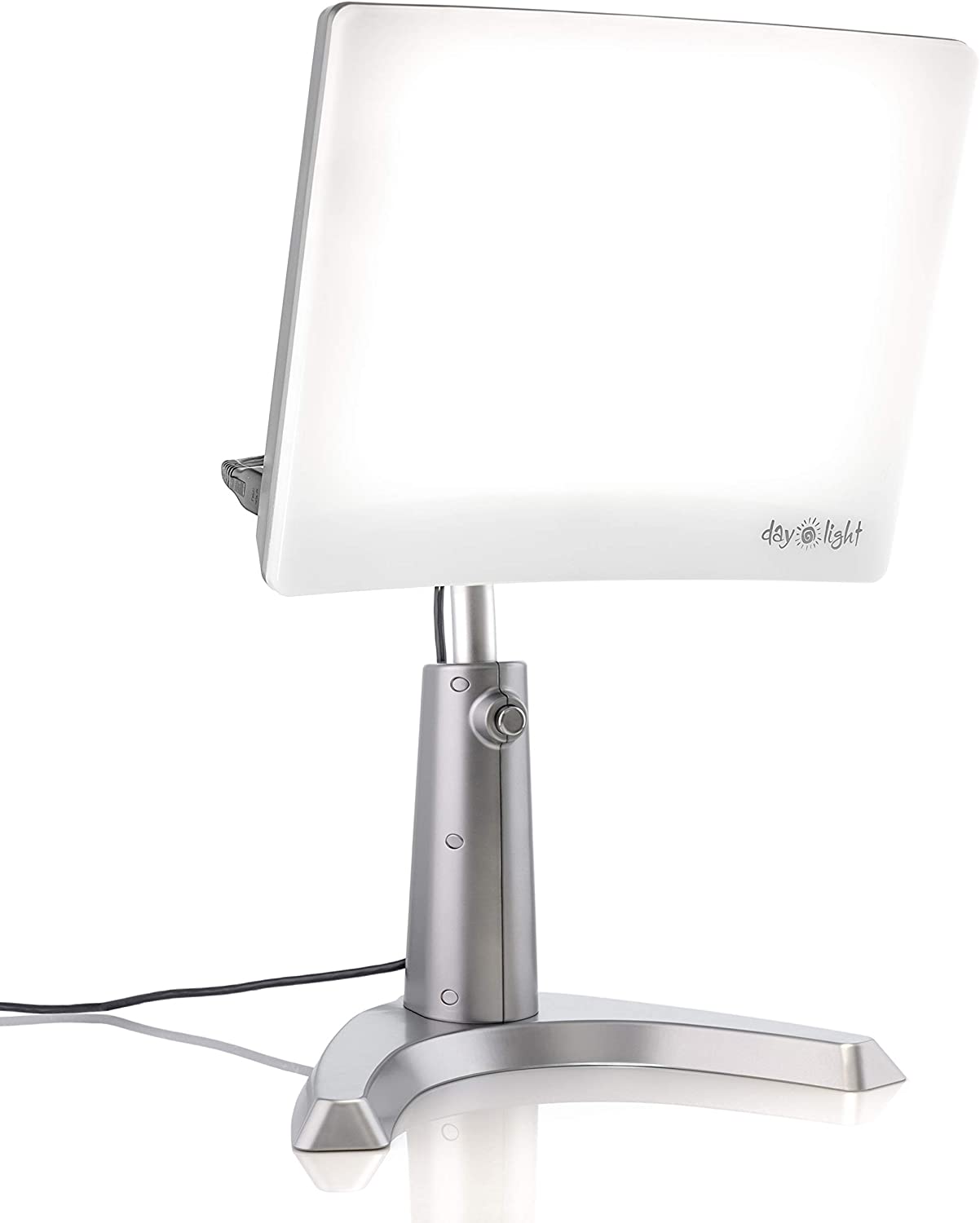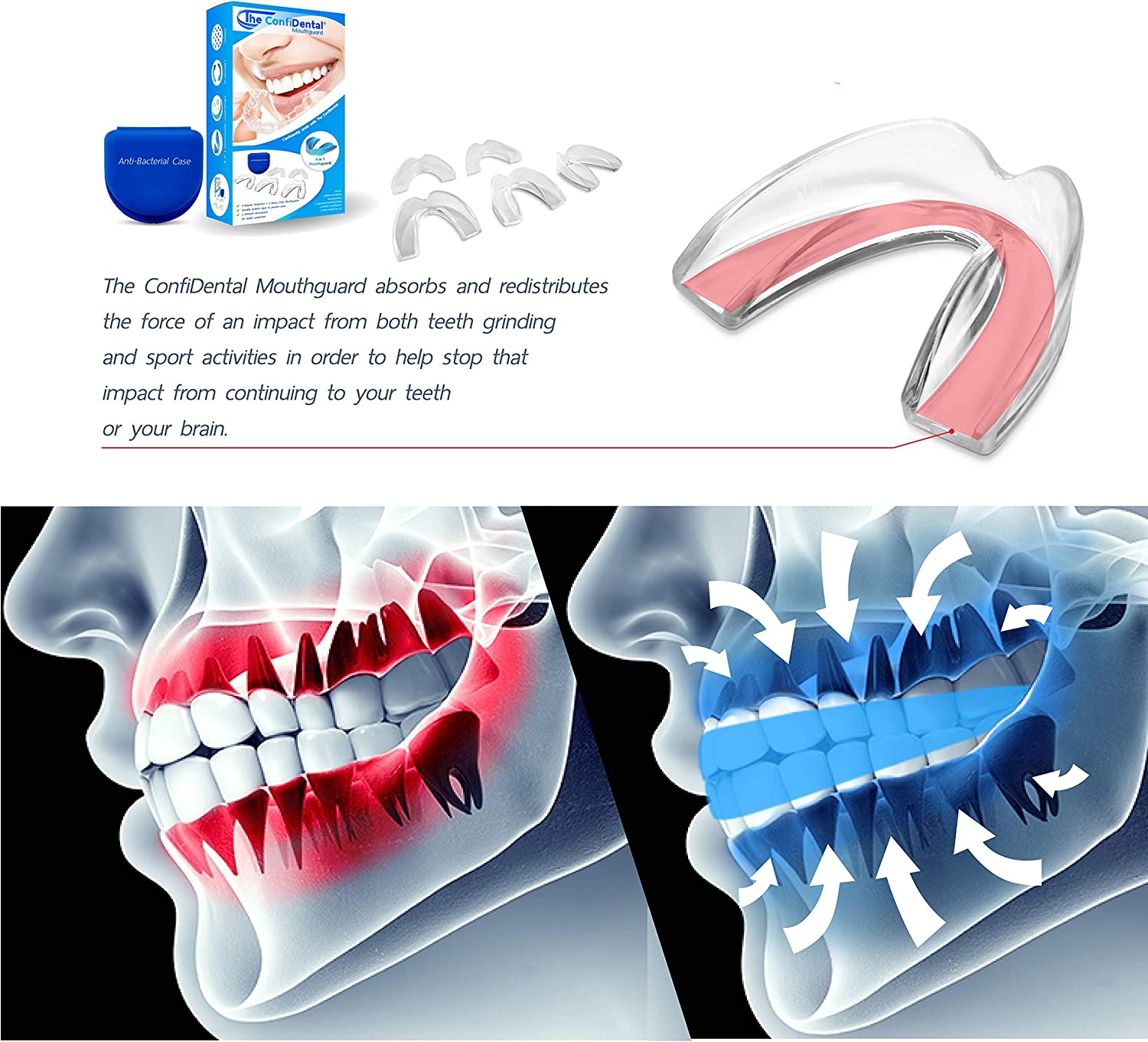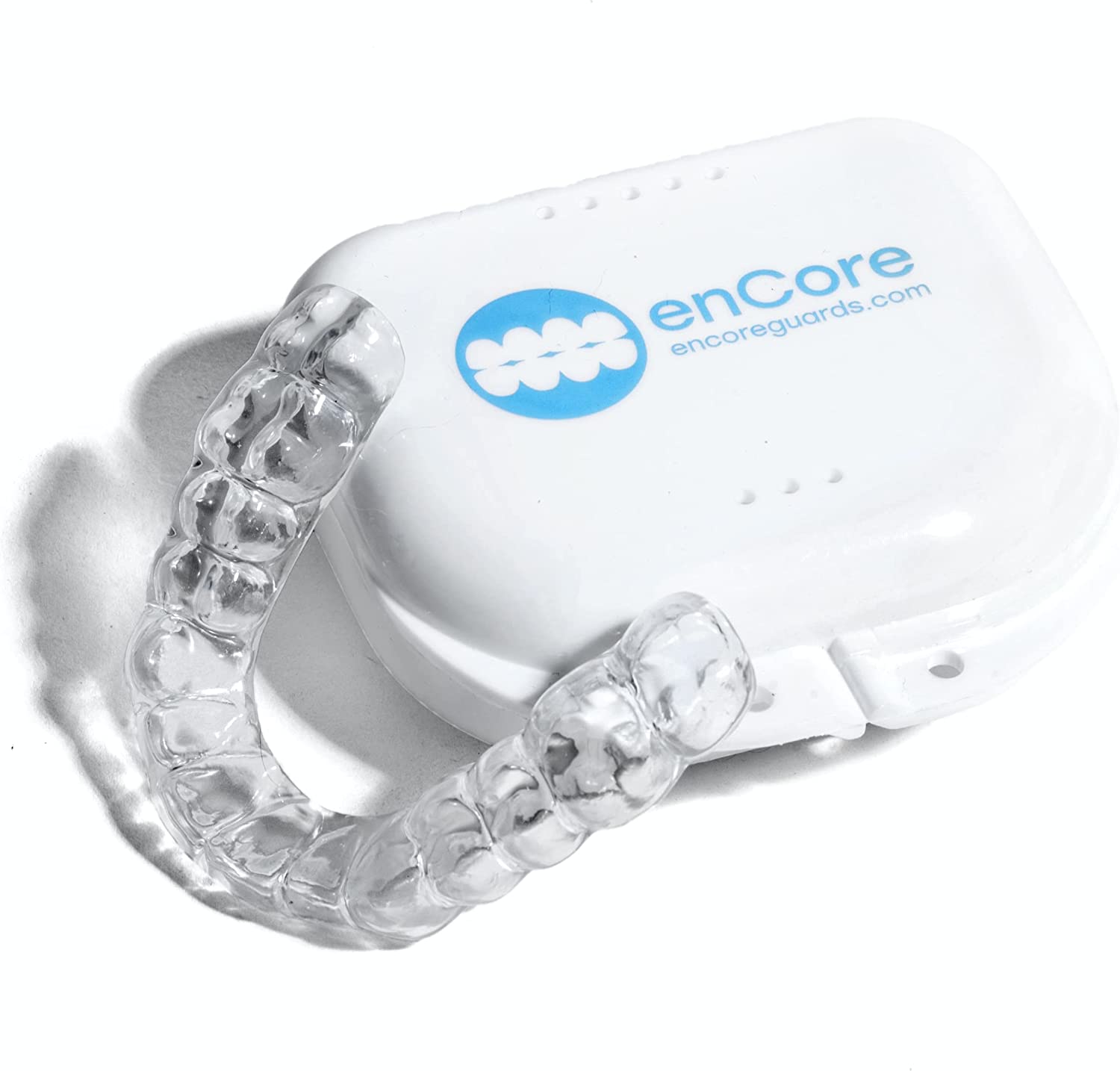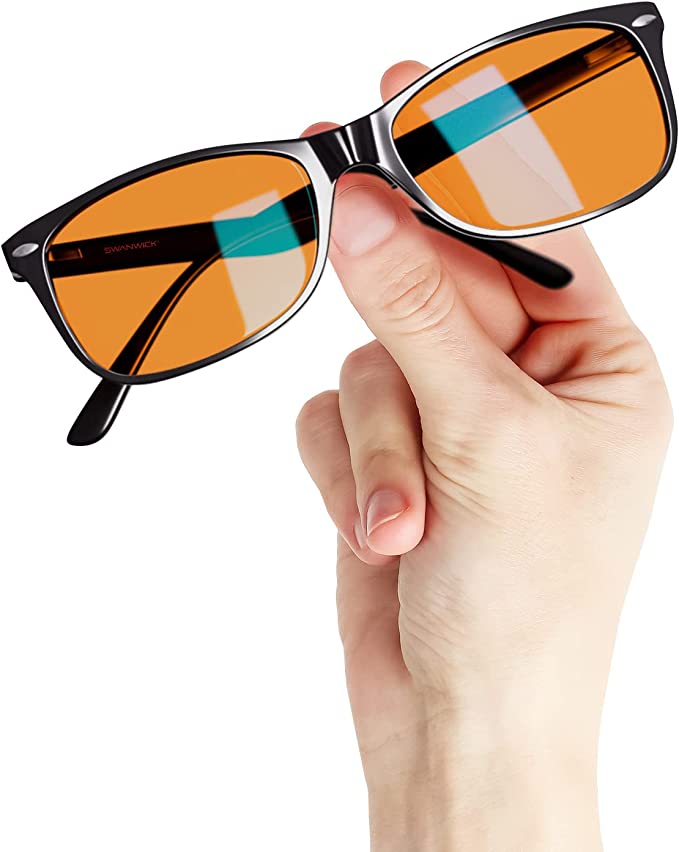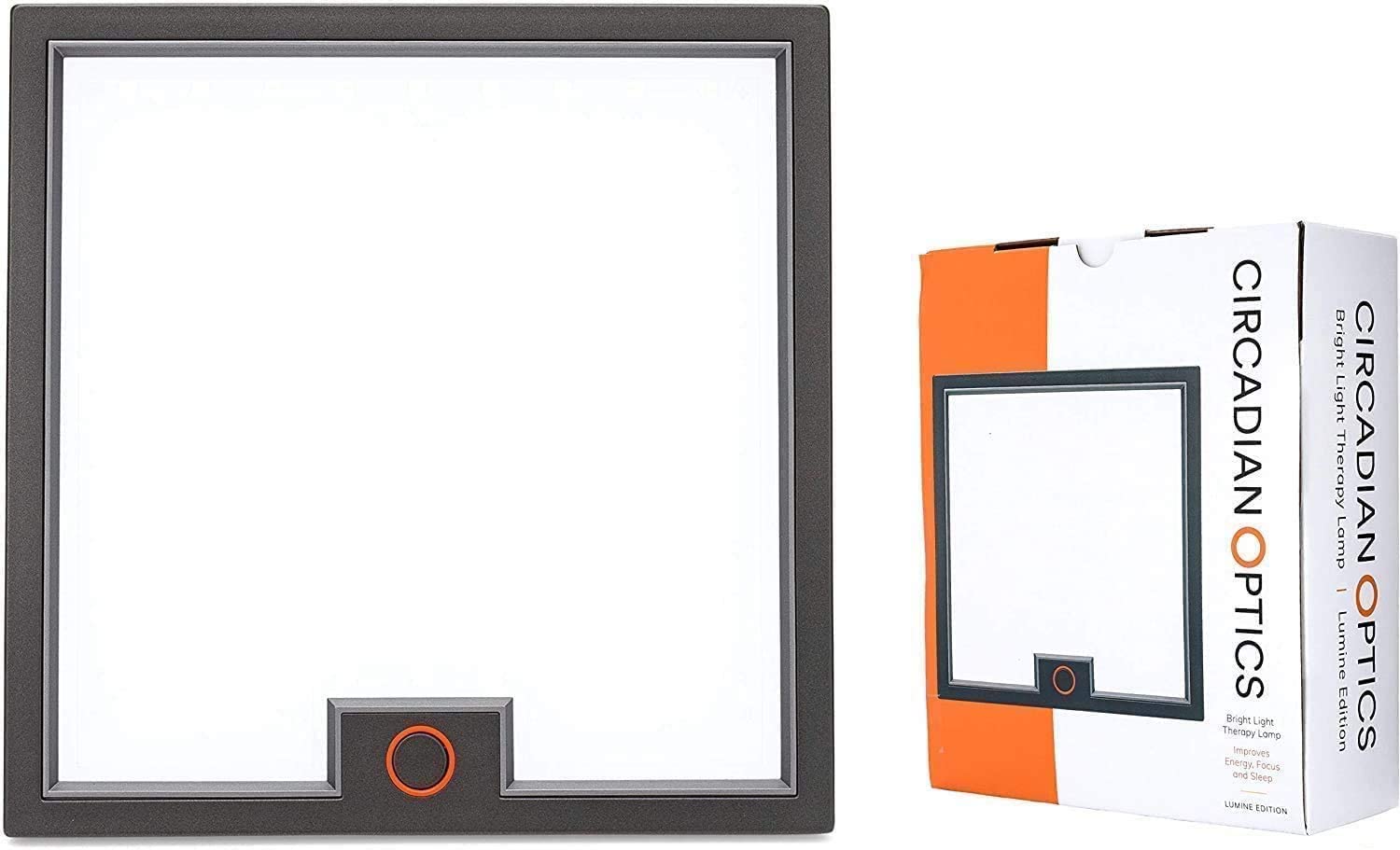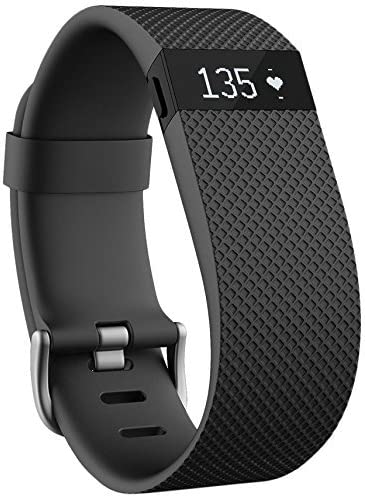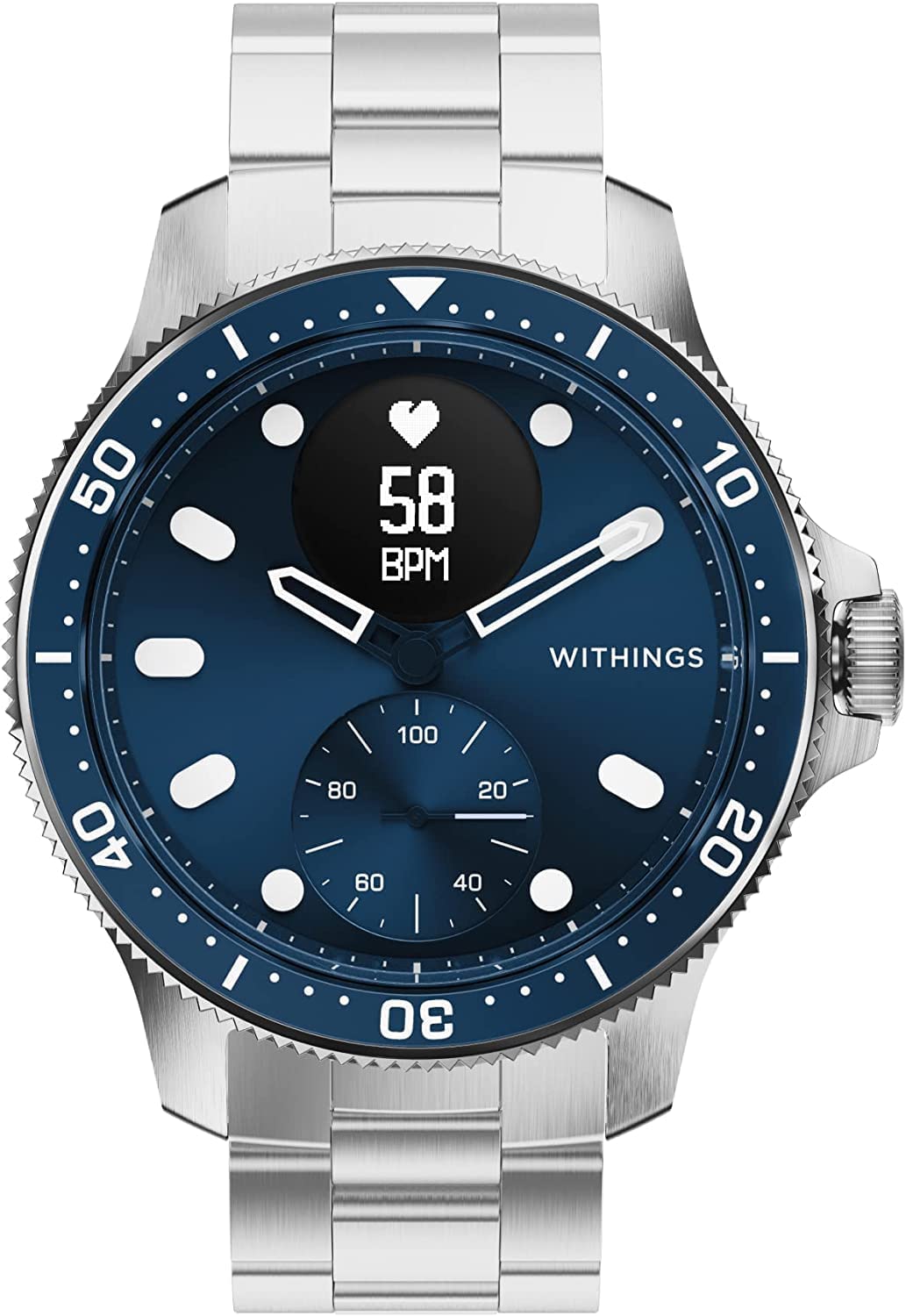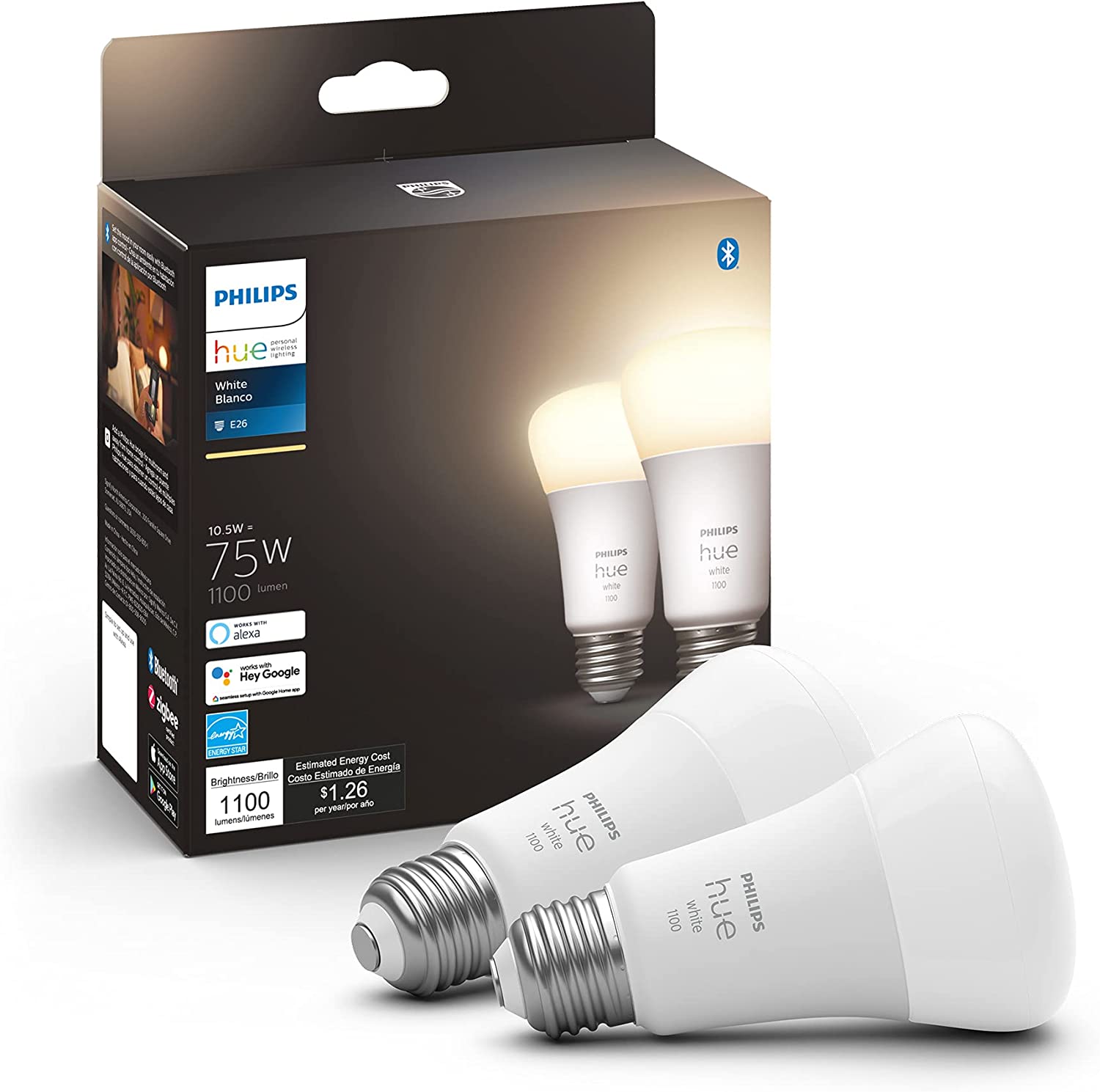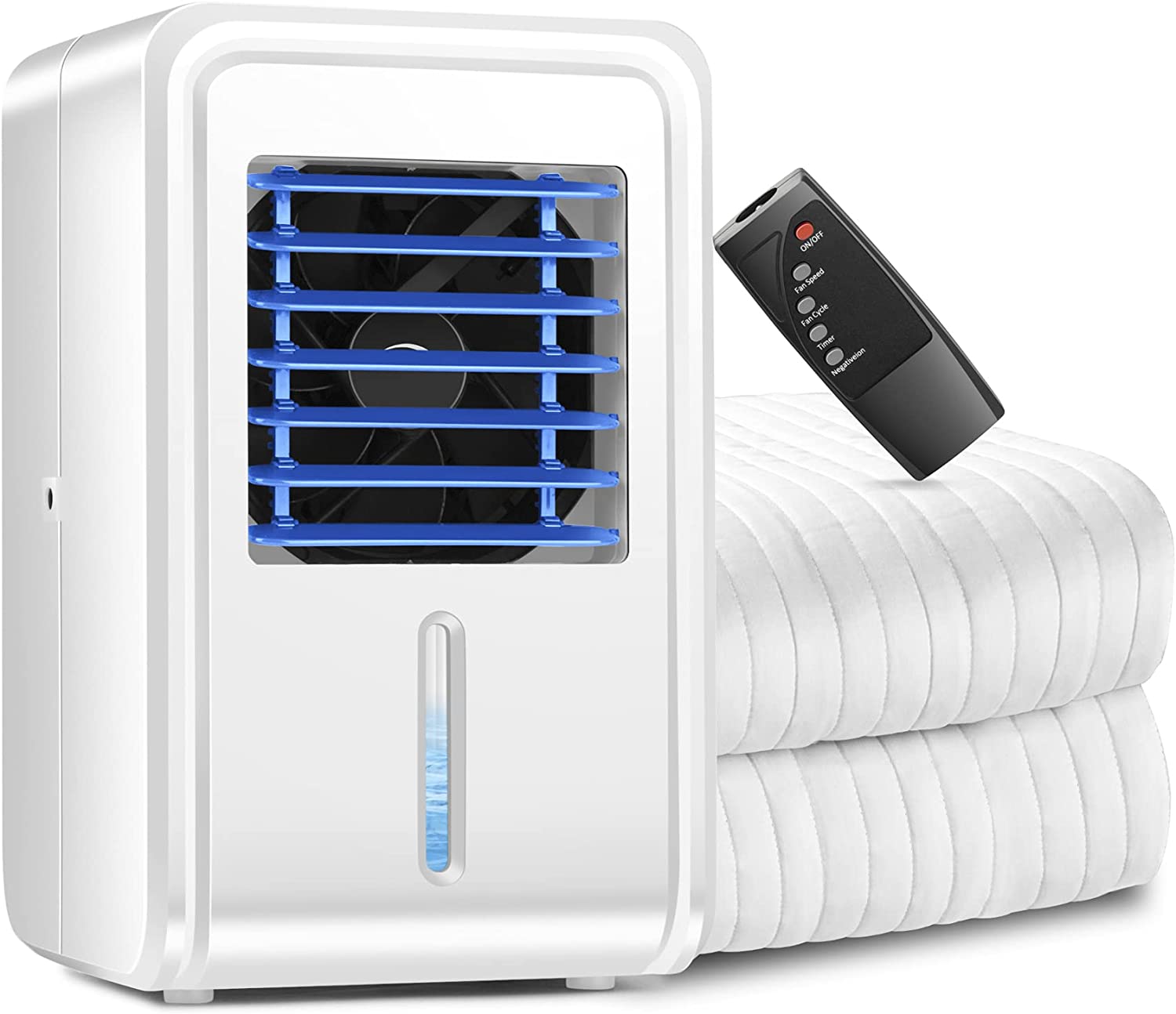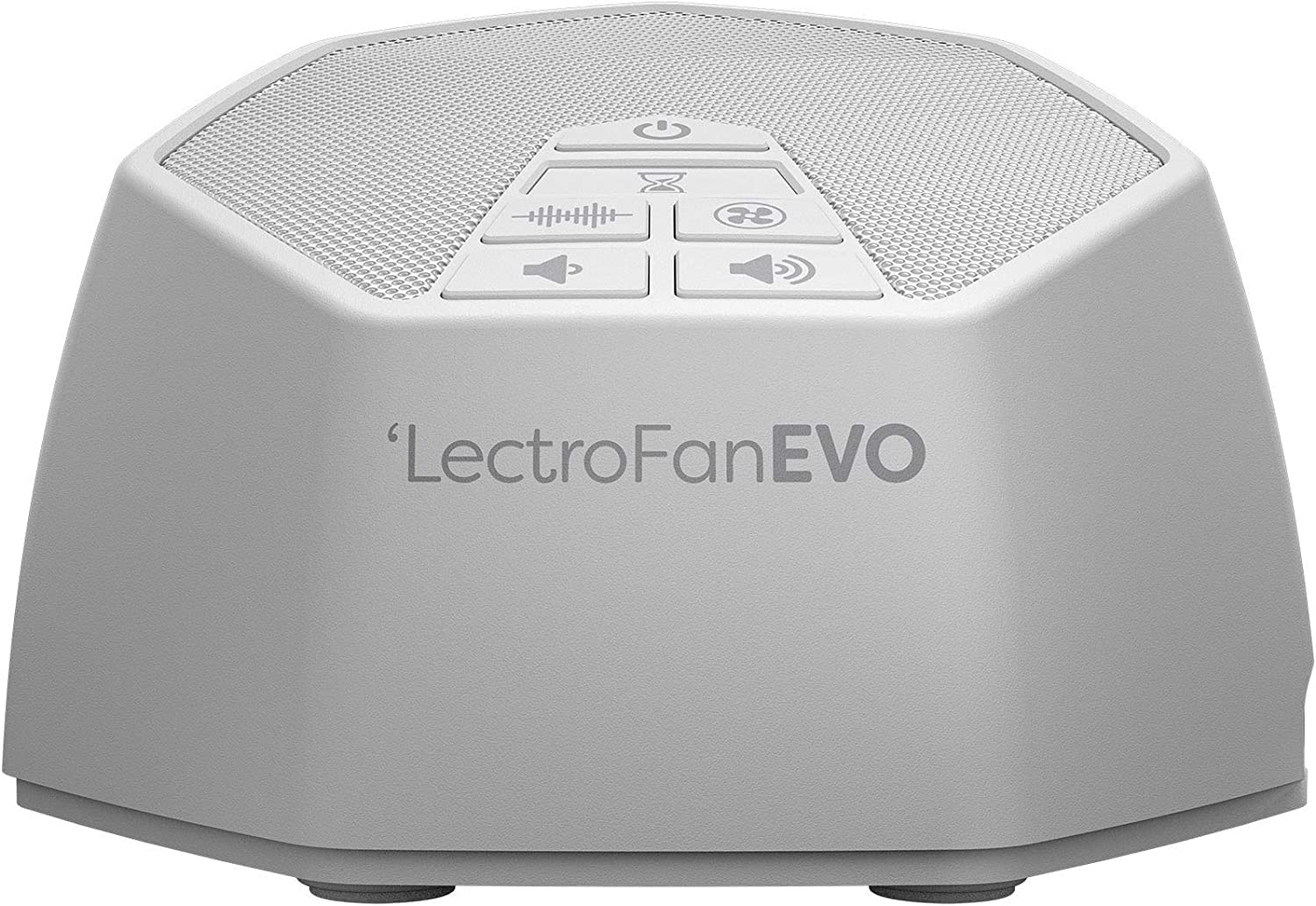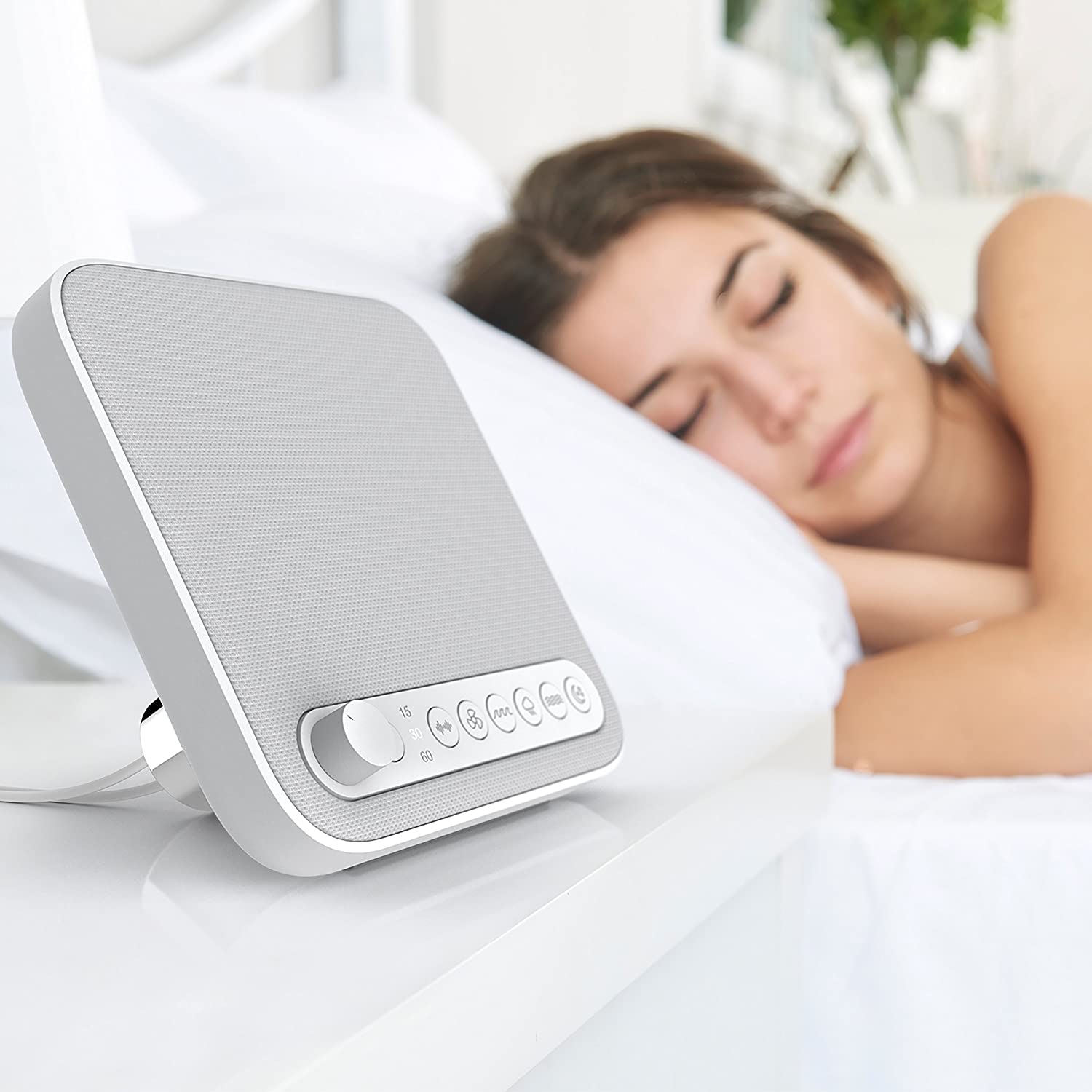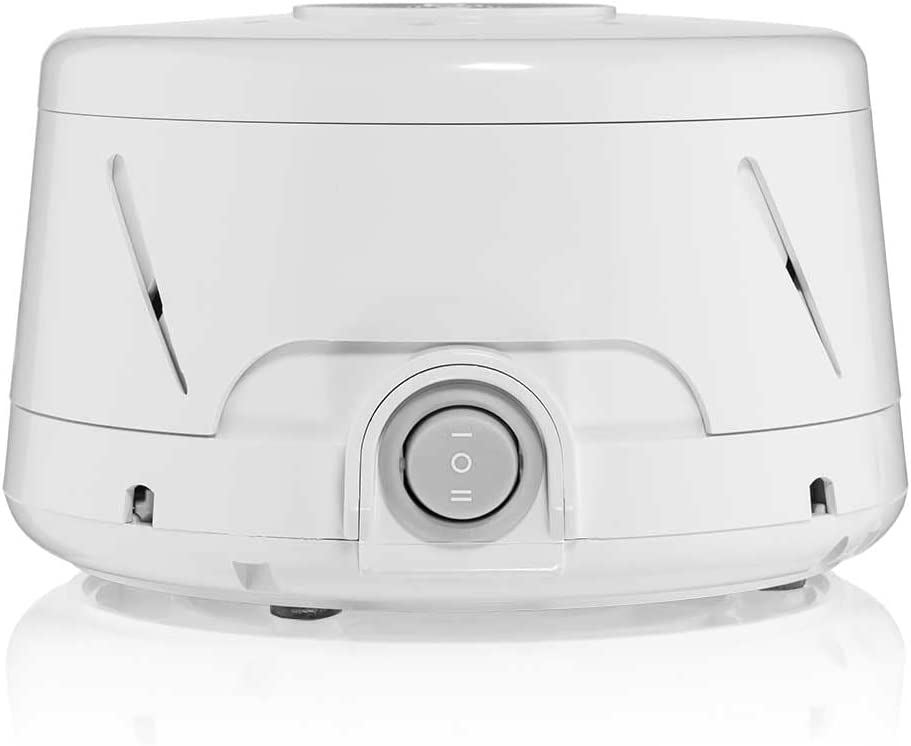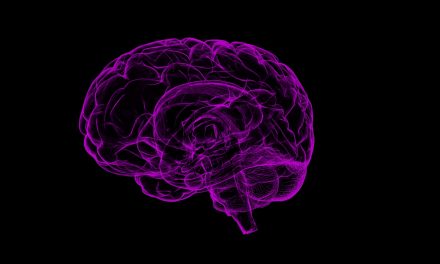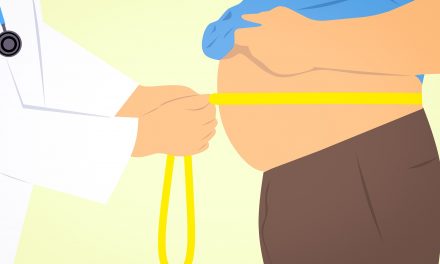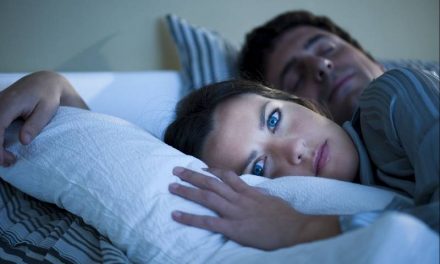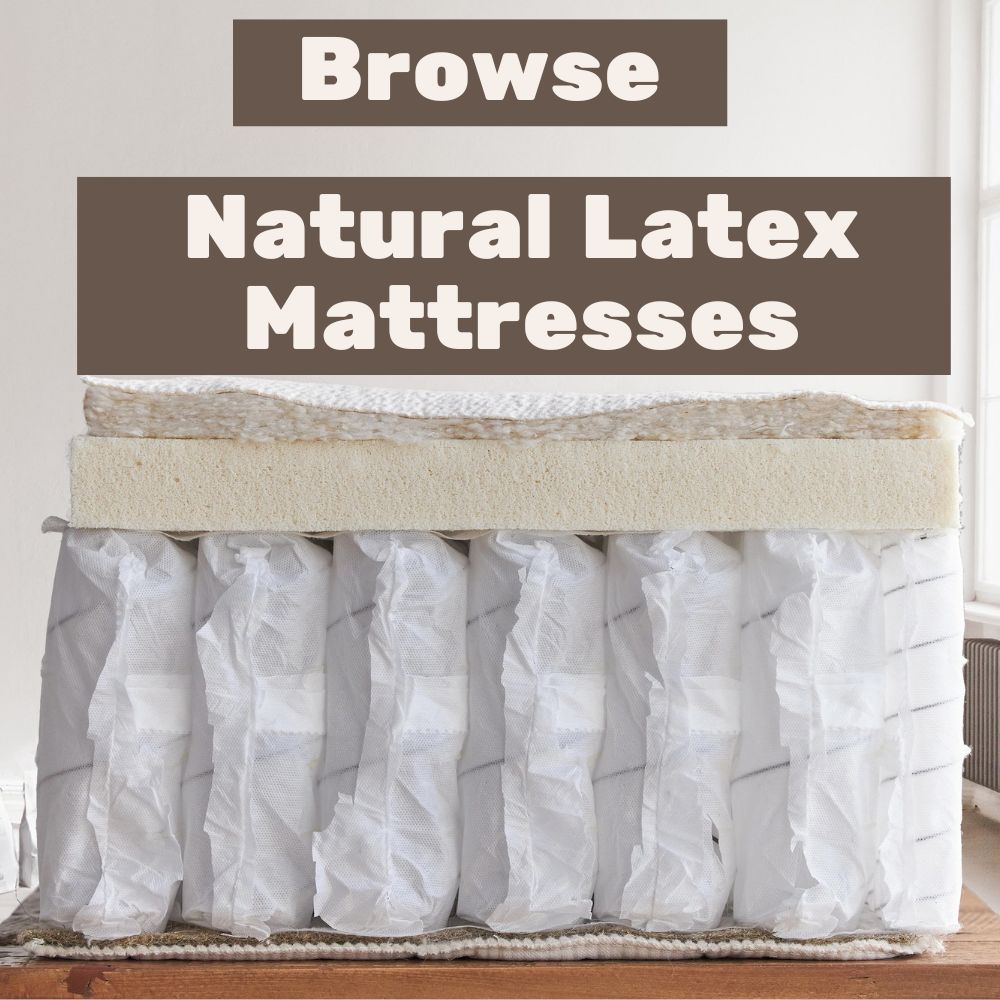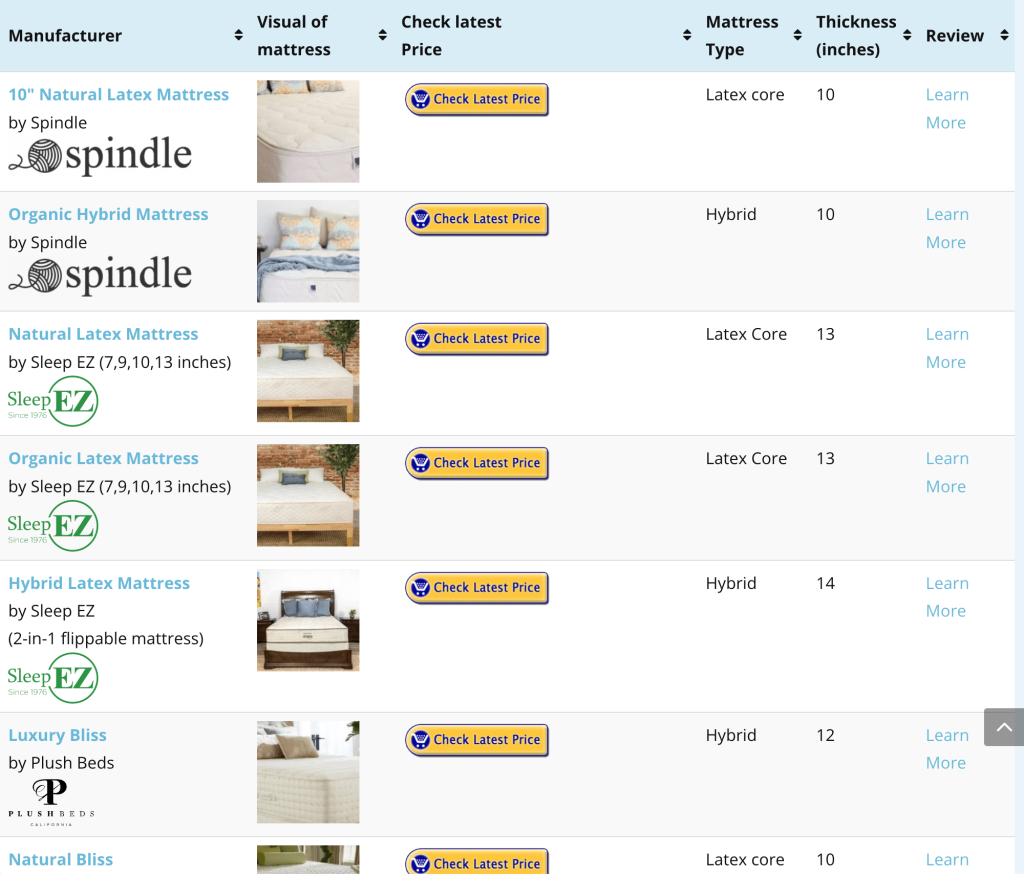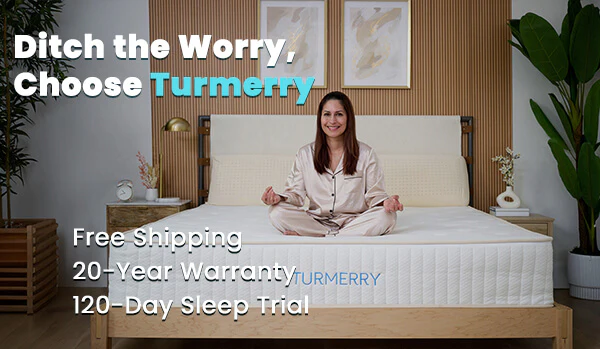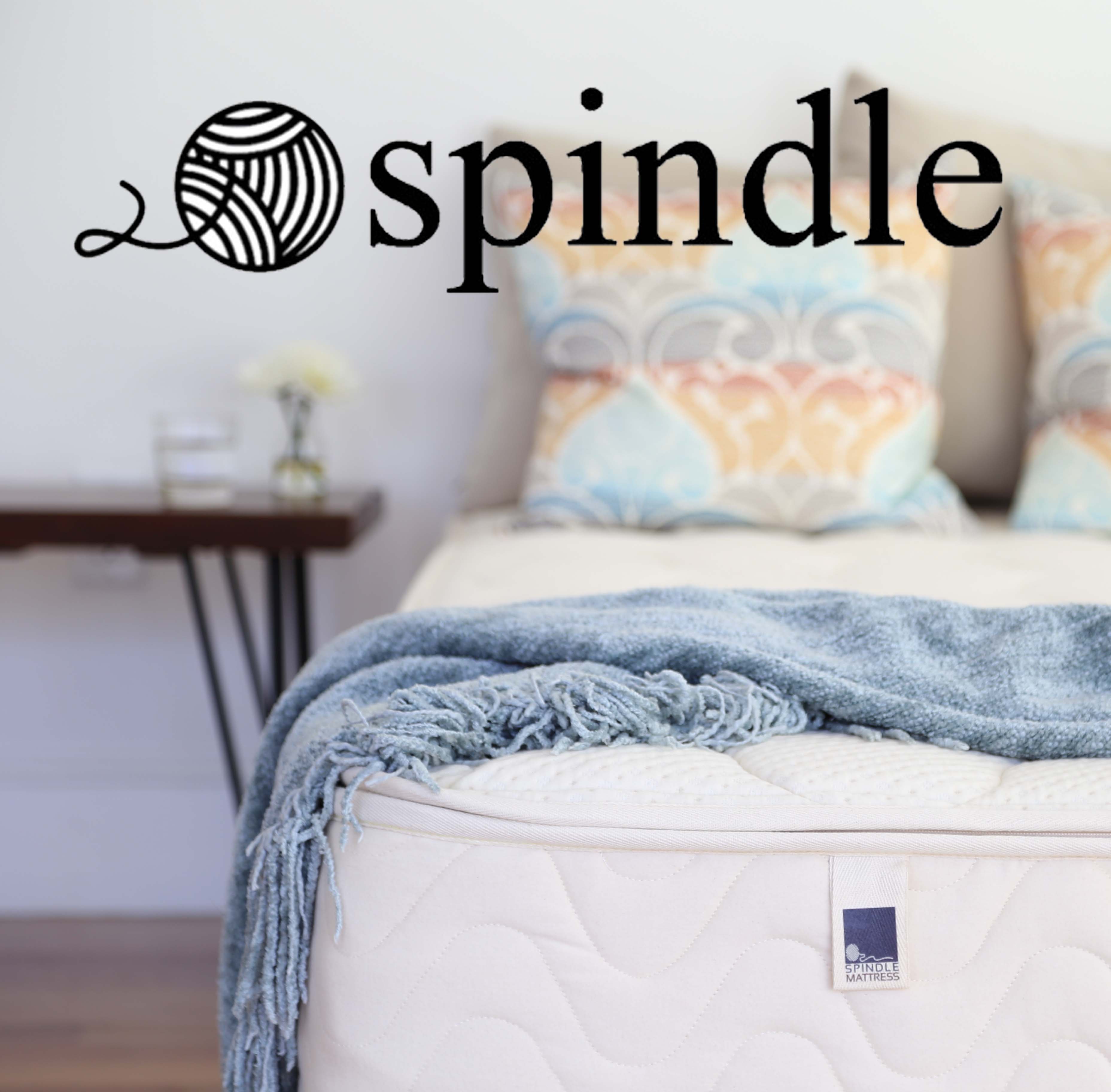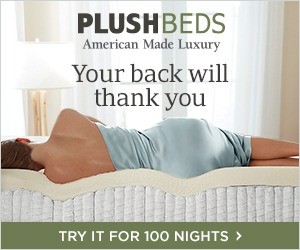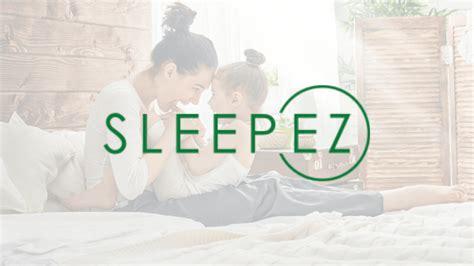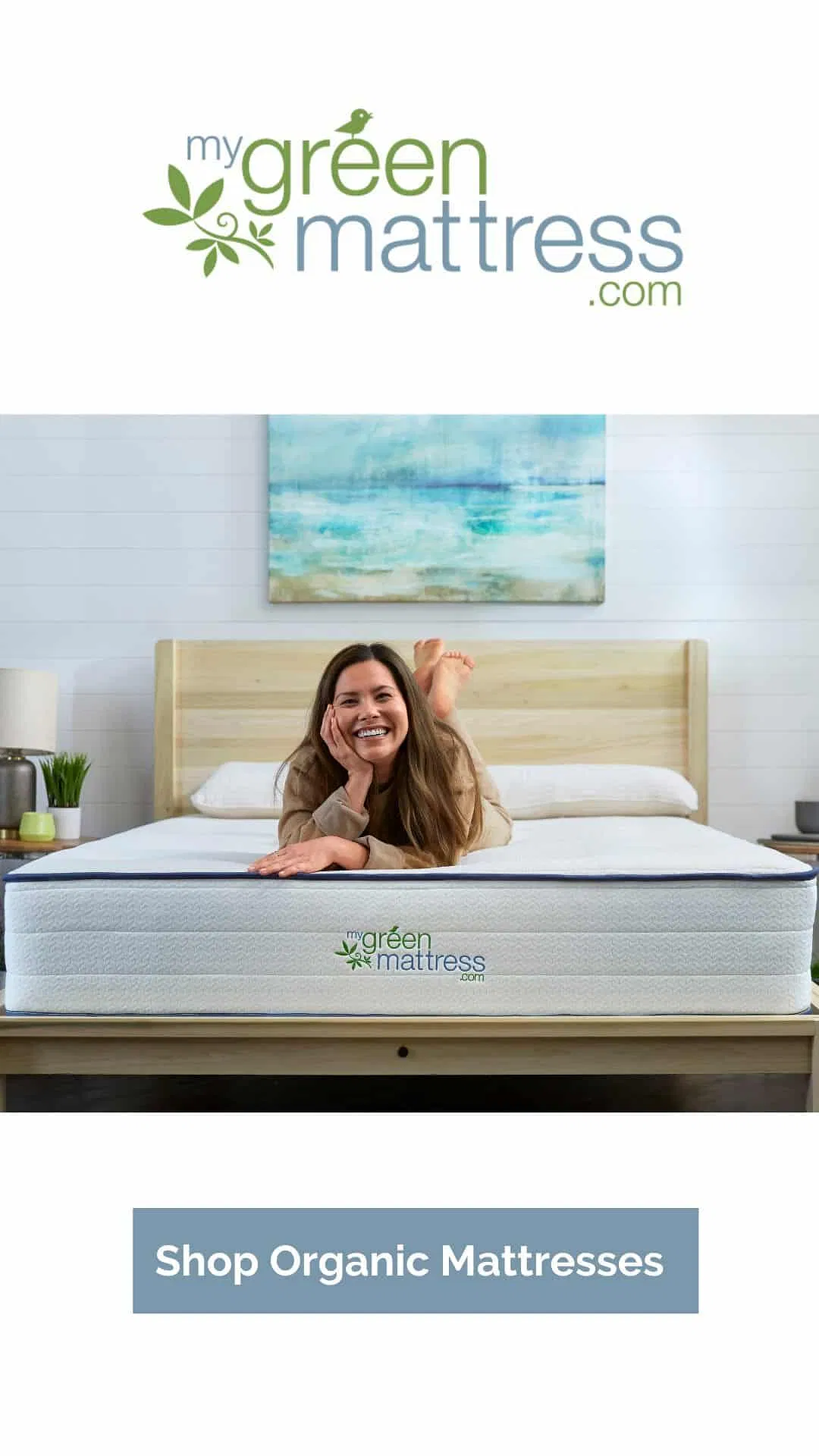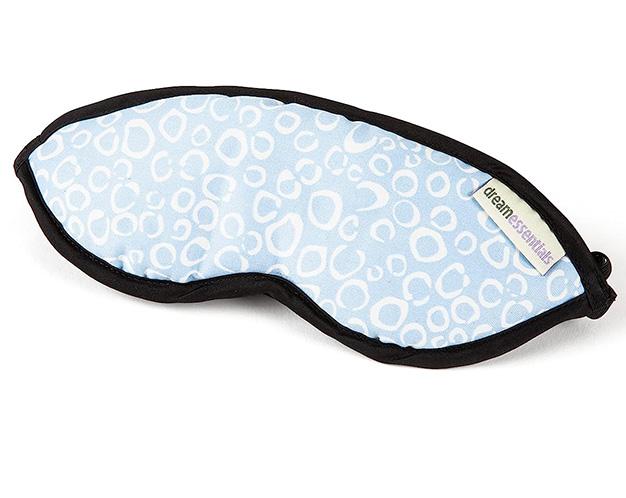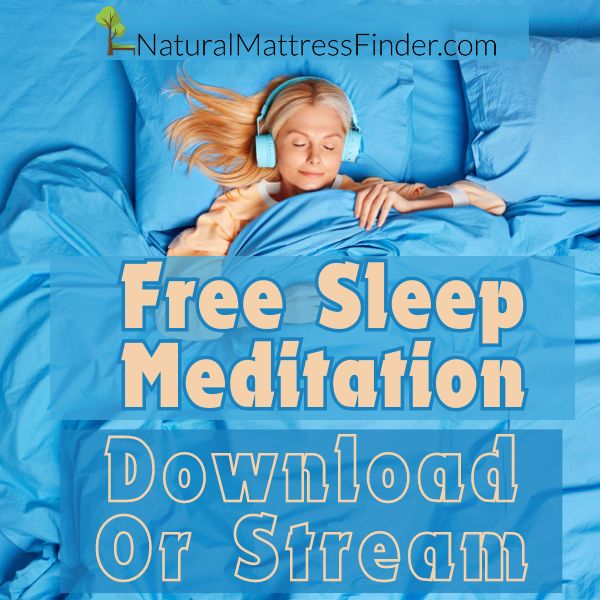Table of Contents
It is estimated that around 50-70 million people in the United States alone suffer from some form of sleep disorder. Globally, the prevalence of sleep disorders is believed to affect approximately 25-30% of the adult population, translating to around 2 billion people worldwide. This leads many people to ask the question “What sleep disorder do I have?” It is essential to note that these estimates may not be entirely accurate, as sleep disorders are often underdiagnosed or misdiagnosed, and the prevalence varies between countries and specific disorders. The most common sleep disorders include insomnia, sleep apnea, restless leg syndrome, and narcolepsy.
Snoring
Snoring is common when airflow through the mouth and nose is partially blocked during sleep. This obstruction leads to the vibration of respiratory structures, such as the soft palate and uvula, producing the sound of snoring. Various factors, including nasal congestion, obesity, alcohol consumption, sleep position, and mouth and throat anatomy, can cause snoring.
While snoring may seem harmless, it can sometimes indicate an underlying medical issue, such as sleep apnea, a more serious sleep disorder characterized by repeated pauses in breathing during sleep. Frequent and loud snoring may disrupt sleep quality, leading to daytime fatigue, irritability, and other health complications. Suppose snoring is accompanied by symptoms such as gasping for air during sleep, excessive daytime sleepiness, or difficulty concentrating. In that case, it is essential to consult a healthcare professional for proper evaluation and treatment.
Approximately 40% of adult men and 24% of adult women are habitual snorers.
Studies have found that snoring is more common in men than women, possibly due to differences in the upper airway structure and hormonal factors. Snoring frequency typically increases with age as muscle tone in the throat decreases, and the likelihood of weight gain around the neck area increases, leading to a higher chance of airway obstruction during sleep.
Roughly 45% of adults occasionally snore, while 25% are considered regular snorers.
Occasional snoring may result from temporary factors such as nasal congestion, alcohol consumption, or sleep position. On the other hand, regular snorers may have more persistent underlying causes, such as obesity, sleep apnea, or anatomical abnormalities in the airway.
Around 2-4% of the population suffers from undiagnosed obstructive sleep apnea (OSA), a sleep disorder closely related to snoring.
Obstructive sleep apnea is when a person’s airway becomes partially or completely blocked during sleep, leading to pauses in breathing and subsequent snoring as the person struggles to breathe. Many people with OSA remain undiagnosed due to a lack of awareness about the condition or the belief that their snoring is harmless. Untreated OSA can have serious health consequences, including an increased risk of cardiovascular diseases, stroke, and cognitive impairment.
Snoring has been associated with a 1.6 to 3 times increased risk of hypertension, a significant risk factor for heart disease.
When snoring is caused by partial airway obstruction, it can lead to fragmented sleep and low blood oxygen levels. This can cause a spike in blood pressure and increase the risk of developing hypertension. In turn, hypertension can lead to heart disease and other health complications.
An estimated 5.6% of children experience chronic snoring, with adenotonsillar hypertrophy being the most common cause.
Although snoring is more common in adults, it can also affect children. Enlarged adenoids and tonsils are the primary cause of snoring in children, as they can obstruct the airway during sleep. Other factors, such as obesity and allergies, can also contribute to snoring in children. It is essential to address snoring in children, as it can negatively impact their growth, cognitive development, and overall quality of life.
Technological Solutions for Snoring
Chin Strap For Snoring
If you or your partner suffer from the disruptive effects of snoring, this innovative chin strap is designed to help alleviate snoring symptoms and promote a more restful sleep experience.
Key Features:
- Snoring Relief: The Chin Strap for Snoring is specially engineered to address the underlying causes of snoring. By gently supporting your chin and jaw in an optimal position, it helps to keep your airways open, reducing airway obstruction and minimizing snoring. Say goodbye to loud, disruptive snoring and hello to quiet nights.
- Comfortable and Adjustable Fit: This chin strap is designed with your comfort in mind. Made from soft and breathable materials, it ensures a comfortable and gentle fit throughout the night. The adjustable straps allow you to customize the fit to your unique needs, ensuring maximum comfort and effectiveness.
- Premium Quality and Durability: Crafted from high-quality materials, this chin strap is built to last. The durable construction ensures that it retains its shape and effectiveness over time. Rest assured knowing that you are investing in a reliable and long-lasting solution to your snoring troubles.
- Easy to Use and Maintain: Putting on and taking off the Chin Strap for Snoring is a breeze. Simply adjust the straps to achieve a snug fit, and you’re ready for a peaceful night’s sleep. Cleaning is also effortless, as the strap is machine washable, allowing for convenient and hygienic maintenance.
- Versatile and Portable: The compact and lightweight design of this chin strap makes it ideal for home use as well as travel. It easily fits into your luggage or overnight bag, ensuring that you can enjoy uninterrupted sleep wherever you go.
Don’t let snoring disrupt your sleep and impact your well-being. Invest in the Chin Strap for Snoring and experience the relief and tranquility of a snore-free night. With its comfortable fit, adjustable design, and high-quality construction, this chin strap offers an effective solution to alleviate the symptoms of snoring. Enjoy the benefits of quiet, restful sleep and wake up feeling refreshed and energized. Say goodbye to snoring and reclaim your sleep with the Chin Strap for Snoring.
Muse 2 Brain Sensing Headband
Designed with advanced EEG technology, this headband offers a unique solution to alleviate the symptoms of snoring, helping you achieve a deeper and more rejuvenating sleep experience.
Key Features:
- Brain Sensing Technology: The Muse 2 Headband utilizes EEG (electroencephalogram) technology to monitor your brain activity during sleep. Detecting changes in brainwaves, it provides valuable insights into your sleep patterns, helping you understand the factors that contribute to snoring and sleep disturbances.
- Real-Time Feedback: With the Muse 2 Headband, you receive real-time feedback on your brain activity. Through a companion app, you can track and analyze your sleep data, gaining a better understanding of the specific moments when snoring occurs. This feedback empowers you to make informed adjustments to your sleep routine and lifestyle for more restful nights.
- Sleep Improvement Exercises: The headband offers guided meditation and mindfulness exercises that can help calm the mind, relax the body, and reduce stress levels. By incorporating these exercises into your bedtime routine, you can create an optimal environment for sleep, reducing the likelihood of snoring and promoting overall sleep quality.
- Comfortable and User-Friendly Design: The Muse 2 Headband is lightweight and designed for maximum comfort. It features soft and breathable materials that allow for a cozy fit throughout the night. The headband is easy to use, and the companion app provides a seamless and intuitive interface for tracking and analyzing your sleep data.
- Sleep Tracking and Progress Reports: The companion app offers comprehensive sleep tracking, providing detailed reports on your sleep patterns, including duration, efficiency, and snoring events. These progress reports help you track your improvement over time, giving you a clear picture of your sleep quality and the effectiveness of your snoring management strategies.
Investing in the Muse 2 Brain Sensing Headband means investing in better sleep and overall well-being. By monitoring your brain activity during sleep, providing real-time feedback, and offering sleep improvement exercises, this headband enables you to understand and address the factors contributing to snoring. Wake up feeling refreshed, rejuvenated, and ready to tackle the day with the Muse 2 Brain Sensing Headband, your ally in achieving a peaceful and snore-free night’s sleep.
Philips SmartSleep
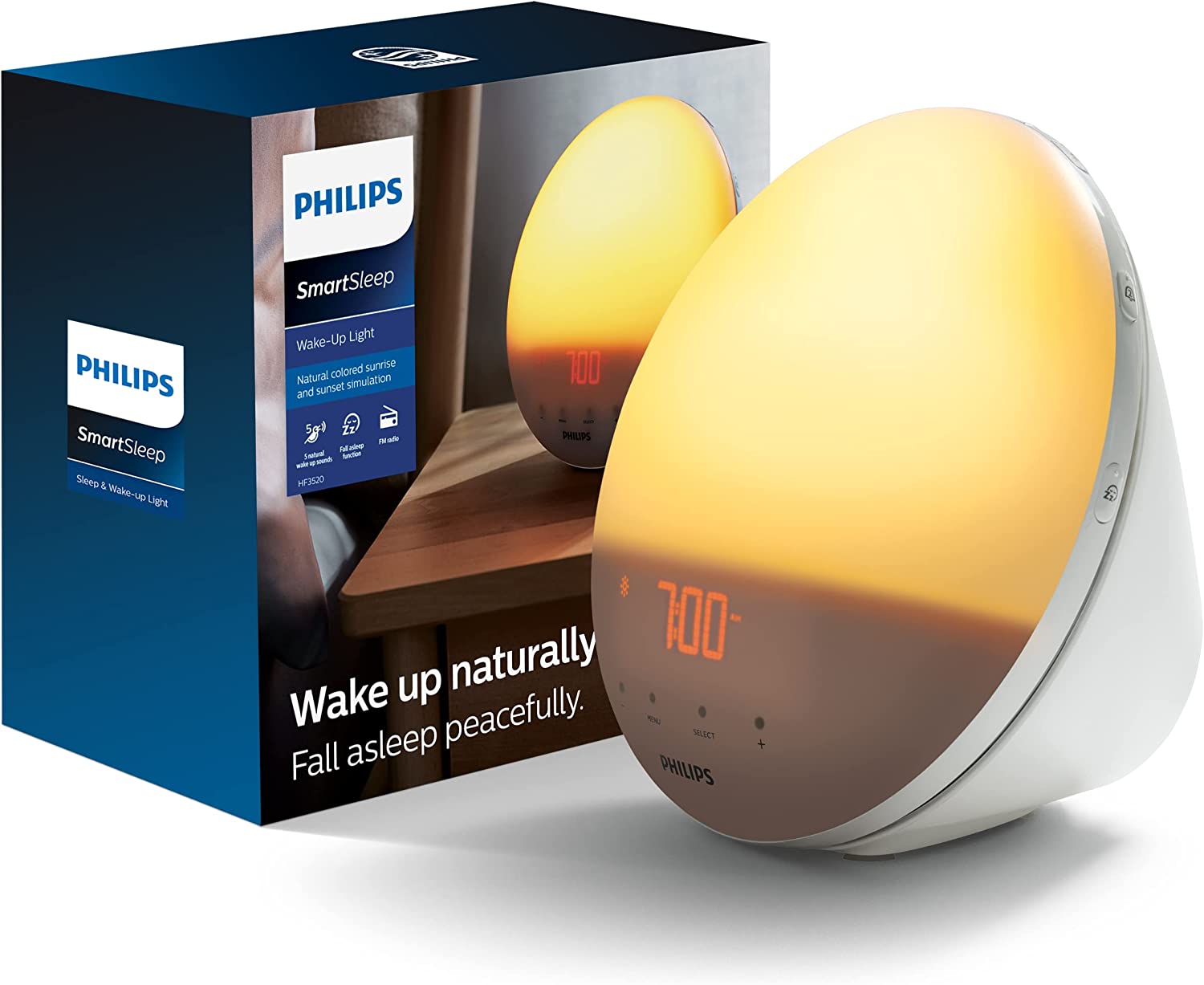
Sleep Apnea
Sleep apnea is a common sleep disorder characterized by repeated interruptions in breathing during sleep. These interruptions, called apneas, occur when the airway becomes partially or completely blocked, leading to shallow breathing or pauses. Sleep apnea is typically classified into two main types: obstructive sleep apnea (OSA), caused by a physical blockage in the airway, and central sleep apnea (CSA), which occurs when the brain fails to send proper signals to the muscles responsible for breathing.
Statistics about sleep apnea
- Sleep apnea affects more than 22 million Americans, with many undiagnosed cases.
- Approximately 80% of moderate to severe sleep apnea cases go undiagnosed.
- Obstructive sleep apnea (OSA) is the most common form, accounting for around 84% of sleep apnea cases.
- Central sleep apnea (CSA) is less common and accounts for approximately 0.4% of sleep apnea cases.
- Men are two to three times more likely to develop sleep apnea than women.
- Sleep apnea is more prevalent in individuals who are overweight or obese, with an estimated 50-60% of people with OSA being overweight.
- The risk of sleep apnea increases with age, with individuals over 60 being more susceptible.
Untreated sleep apnea can lead to various health complications, such as high blood pressure, heart disease, stroke, type 2 diabetes, and impaired cognitive function. Early diagnosis and appropriate treatment, including lifestyle changes, continuous positive airway pressure (CPAP) therapy, and oral appliances, can help manage the condition and reduce associated risks.
Technological Solutions For Sleep Apnea
Woody Knows Side Sleeping Backpack
Designed to promote proper sleep posture and enhance breathing, this innovative sleep positioner is the key to a restful and rejuvenating night’s sleep.
Key Features:
- Optimal Sleep Position: The WoodyKnows Side Sleeping Backpack is specifically designed to encourage side sleeping, which is widely recognized as the ideal sleep position for individuals with sleep apnea. By gently guiding you to sleep on your side, it helps prevent the collapse of the airway, reducing the frequency and severity of sleep apnea episodes.
- Comfortable and Adjustable Design: This positioner features a soft and breathable fabric construction that ensures a comfortable sleep experience. The adjustable straps allow you to customize the fit, ensuring optimal support and alignment of your head, neck, and spine. Wake up feeling refreshed and free from the discomfort associated with poor sleep posture.
- Ergonomic Support: The ergonomic design of the Side Sleeping Backpack provides support for your upper body, promoting a natural alignment of your airway. This reduces the risk of airway obstruction and improves airflow, leading to a reduction in snoring and sleep apnea symptoms.
- Compact and Portable: The lightweight and compact design of this sleep positioner makes it convenient for home use as well as travel. Whether you’re sleeping at home, on vacation, or on a business trip, you can easily bring this positioner along and enjoy the benefits of improved sleep posture and reduced sleep apnea symptoms wherever you go.
- Easy to Clean and Maintain: The WoodyKnows Side Sleeping Backpack is easy to clean, ensuring optimal hygiene and durability. Simply remove the positioning foam and wash the fabric in accordance with the care instructions provided. It’s a low-maintenance solution that can seamlessly integrate into your sleep routine.
The WoodyKnows Upgraded Side Sleeping Backpack is a game-changer for individuals with sleep apnea. By promoting side sleeping, providing comfortable support, and enhancing breathing, this sleep positioner helps to alleviate the symptoms of sleep apnea, including snoring and interrupted breathing during sleep. Take control of your sleep and wake up feeling revitalized and ready to take on the day with the WoodyKnows Upgraded Side Sleeping Backpack, your pathway to a more restful and rejuvenating night’s sleep.
Bipap Therapy
BiPAP therapy, or Bilevel Positive Airway Pressure therapy, is a non-invasive treatment method for individuals with sleep apnea and other respiratory conditions, such as chronic obstructive pulmonary disease (COPD) and congestive heart failure. BiPAP therapy helps maintain consistent airflow and proper oxygen levels during sleep, preventing interrupted breathing or hypoxia episodes.
A BiPAP machine is a medical device that delivers two air pressure levels through a mask or nasal interface, which the user wears during sleep. The machine is designed to provide a higher pressure during inhalation (inspiratory positive airway pressure, or IPAP) and a lower pressure during exhalation (expiratory positive airway pressure, or EPAP). This dual-pressure system facilitates more natural breathing. It makes it easier for the user to exhale against the positive pressure, which can be particularly helpful for individuals with COPD or other respiratory issues.
The primary function of the BiPAP machine is to ensure the airway remains open and unobstructed throughout the night, reducing the occurrence of apneas and hypopneas. By providing continuous positive airway pressure, the BiPAP machine helps improve oxygenation, reduce snoring, and enhance overall sleep quality. The device typically has a humidifier to maintain comfortable air moisture levels. It may include various comfort features, such as a ramp function to gradually increase pressure and customizable pressure settings.
BiPAP therapy is often prescribed for individuals who cannot tolerate continuous positive airway pressure (CPAP) therapy or for those who require additional respiratory support due to complex medical conditions. A healthcare professional will determine if BiPAP therapy is the most appropriate treatment option based on the patient’s needs and circumstances.
EPAP Technology
Description: EPAP (Expiratory Positive Airway Pressure) technology is an innovative, non-invasive method to treat snoring and mild to moderate sleep apnea. Unlike traditional positive airway pressure therapies, such as CPAP and BiPAP, EPAP technology does not require a machine or mask. Instead, it relies on small, disposable adhesive devices applied over the nostrils before sleep.
These devices feature microvalves that allow for normal inhalation while creating a slight resistance during exhalation. This resistance generates positive pressure in the airway, which helps to keep it open and prevent obstructions that can lead to snoring and sleep apnea events. EPAP technology is designed to be comfortable, easy to use, and portable, making it a convenient option for individuals seeking an alternative to traditional sleep apnea treatments.
Insomnia Sleep Disorder
Insomnia is a common sleep disorder characterized by difficulty falling asleep, staying asleep, or waking up too early and being unable to return to sleep. Individuals with insomnia may experience poor sleep quality, resulting in daytime fatigue, mood disturbances, reduced concentration, and impaired overall functioning. Insomnia can be classified as acute (short-term), typically lasting days or weeks, or chronic (long-term), persisting for a month or longer.
Facts about insomnia
- Insomnia affects approximately 10-30% of the adult population, with women being more likely to experience it than men.
- Acute insomnia is often triggered by stress, emotional upheaval, or changes in the sleep environment. In contrast, chronic insomnia may be associated with underlying medical or psychiatric conditions, poor sleep hygiene, or certain medications.
- Age is a contributing factor, with older adults more prone to insomnia.
- Insomnia can exacerbate or contribute to the development of other health issues, such as anxiety, depression, obesity, and cardiovascular diseases.
- Cognitive-behavioral therapy for insomnia (CBT-I) is considered one of the most effective non-pharmacological treatments, addressing the underlying causes and promoting healthy sleep habits.
- Lifestyle modifications, such as maintaining a consistent sleep schedule, creating a relaxing bedtime routine, and avoiding stimulants like caffeine and nicotine close to bedtime, can help alleviate insomnia symptoms.
- Prescription and over-the-counter sleep aids may provide temporary relief. Still, they should be used under the guidance of a healthcare professional, as they can have side effects and may not address the root cause of insomnia.
Technological solutions for insomnia
MZOO Sleep Eye Mask
The MZOO Sleep Eye Mask is a premium, contoured eye mask designed to provide optimal comfort and complete darkness for a restful night’s sleep. This 3D-designed mask features a unique, concave shape that leaves ample space around the eye area, preventing pressure on the eyes while ensuring an effective light-blocking experience.
Made from high-quality, soft, and breathable memory foam, the MZOO Sleep Eye Mask comfortably conforms to the contours of your face, eliminating any gaps that may allow light to seep in. The fully adjustable strap allows for a customized fit, accommodating various head sizes and ensuring the mask remains securely in place throughout the night.
Ideal for use at home, during travel, or for meditation and relaxation sessions, the MZOO Sleep Eye Mask helps to create a peaceful sleep environment, allowing you to experience the benefits of improved sleep quality, increased energy, enhanced mood, and better overall well-being.
Lighting Science GoodNight Sleep LED Bulb
The Lighting Science GoodNight Sleep LED Bulb is a scientifically-designed, energy-efficient light bulb that promotes a better night’s sleep by regulating the body’s natural circadian rhythm. This innovative bulb emits a spectrum of light that minimizes the blue wavelengths known to suppress melatonin production, the hormone responsible for regulating sleep-wake cycles.
By reducing exposure to blue light in the evening, the GoodNight Sleep LED Bulb supports the body’s natural transition to sleep, making it easier to fall asleep and enjoy a restful night. With a standard A19 shape and medium E26 base, this LED bulb is compatible with most lamps and lighting fixtures. It is a convenient and practical solution for creating a sleep-friendly environment in your bedroom or throughout your home.
Experience the benefits of improved sleep quality, increased energy, enhanced mood, and better overall well-being with the Lighting Science GoodNight Sleep LED Bulb – a simple yet effective way to support your body’s natural sleep patterns.
Narcolepsy
Narcolepsy is a chronic neurological disorder that affects the brain’s ability to regulate sleep-wake cycles. People with narcolepsy experience excessive daytime sleepiness and sudden, uncontrollable episodes of sleep, known as “sleep attacks.” These episodes can occur anytime during the day, often during routine activities. Narcolepsy can also be accompanied by other symptoms, such as cataplexy (a sudden loss of muscle tone triggered by strong emotions), sleep paralysis, and vivid, often frightening hallucinations during the transition between wakefulness and sleep.
The exact cause of narcolepsy remains unclear. However, research suggests it may be linked to a deficiency in hypocretin (also known as orexin), a neurotransmitter responsible for regulating arousal, wakefulness, and appetite. This deficiency may result from genetic and environmental factors, such as autoimmune reactions or infections, leading to the loss of hypocretin-producing neurons in the brain.
Facts about narcolepsy
- Narcolepsy affects approximately 1 in every 2,000 people, making it a relatively rare sleep disorder.
- Symptoms of narcolepsy typically begin to appear during adolescence or early adulthood, although the condition often goes undiagnosed for many years.
- There is no cure for narcolepsy, but symptoms can be managed through medications, behavioral therapies, and lifestyle adjustments.
- Medications to treat narcolepsy include stimulants to combat excessive daytime sleepiness and antidepressants or sodium oxybate to address cataplexy and other REM sleep-related symptoms.
- People with narcolepsy may face challenges in their daily lives, including difficulties at work, school, or in social situations due to the unpredictable nature of their symptoms. Support from friends, family, and healthcare professionals can help improve their quality of life.
Devices to treat narcolepsy
Verilux HappyLight Lumi Plus Therapy Lamp
Enhance your mood, energy, and overall well-being with the Verilux HappyLight Lumi Plus Therapy Lamp, a portable and customizable light therapy solution designed to combat the effects of seasonal affective disorder (SAD), winter blues, and insufficient exposure to natural sunlight. This sleek and compact therapy lamp delivers 10,000 lux of full-spectrum, UV-free light, simulating the benefits of natural sunlight without the harmful effects.
Featuring three brightness levels and a detachable stand, the HappyLight Lumi Plus allows you to personalize your light therapy experience to suit your individual needs and preferences. The lamp’s minimalist design and small footprint make it perfect for home, in the office, or while traveling, ensuring you can access mood-enhancing light wherever you go.
With the Verilux HappyLight Lumi Plus Therapy Lamp, experience the rejuvenating power of sunlight all year round, improving focus, productivity, and sleep quality while alleviating the symptoms of SAD and other light deficiency-related conditions. Discover a happier, healthier you with this innovative, easy-to-use therapy lamp.
Carex Day-Light Classic Plus Bright Light Therapy Lamp
Elevate your mood, energy levels, and overall well-being with the Carex Day-Light Classic Plus Bright Light Therapy Lamp, a powerful and versatile light therapy solution designed to combat the effects of seasonal affective disorder (SAD), winter blues, and insufficient exposure to natural sunlight. This highly effective therapy lamp delivers 10,000 lux of glare-free, full-spectrum light, replicating the benefits of natural sunlight without harmful UV rays.
Featuring two light settings and an adjustable stand with an adjustable angle, the Carex Day-Light Classic Plus allows you to customize your light therapy experience to suit your individual needs and preferences. Its large surface area ensures optimal light exposure, while the sleek and contemporary design easily integrates into any home or office environment.
With the Carex Day-Light Classic Plus Bright Light Therapy Lamp, experience the revitalizing power of sunlight throughout the year, improving focus, productivity, and sleep quality while alleviating the symptoms of SAD and other light deficiency-related conditions. Embrace a happier, healthier you with this reliable and user-friendly therapy lamp.
Bruxism
Bruxism is a sleep-related condition characterized by the involuntary clenching, grinding, or gnashing of teeth, often occurring during sleep. If you’re wondering, “What sleep disorder do I have?” and you experience these symptoms, bruxism might be the answer. This condition can lead to tooth wear, jaw pain, and disrupted sleep, among other issues.
The exact causes of sleep disorders like bruxism are not entirely understood, but it is believed to be linked to a combination of physical, psychological, and genetic factors. Common causes for sleep disorders like bruxism include stress, anxiety, misaligned teeth, and an abnormal bite. In some cases, bruxism may also be a side effect of certain medications or a symptom of other sleep disorders, such as sleep apnea.
Facts about bruxism
- Bruxism affects children and adults, although it is more common in younger individuals and often diminishes with age.
- There are two types of bruxism: awake bruxism, which occurs during wakefulness, and sleep bruxism, which occurs during sleep. Sleep bruxism is considered a sleep-related movement disorder.
- Mild bruxism may not require treatment, but more severe cases can lead to dental damage, headaches, facial pain, and temporomandibular joint (TMJ) disorders.
- Treating bruxism may include dental interventions, such as mouth guards or dental correction, stress management techniques, and behavioral therapies to modify clenching and grinding habits.
- Bruxism may be underdiagnosed, as many people are unaware that they grind their teeth during sleep. Regular dental check-ups can help identify signs of bruxism and ensure timely intervention.
Devices to treat bruxism
The ConfiDental Moldable Mouth Guards
Protect your teeth and improve your sleep quality with ConfiDental Moldable Mouth Guards, a versatile and customizable solution to treat bruxism, teeth grinding, clenching, and TMJ disorders. These dental-grade, BPA-free mouth guards offer maximum comfort and durability while effectively preventing tooth damage and reducing jaw pain caused by nighttime grinding and clenching.
The ConfiDental Moldable Mouth Guards come in a pack of five, featuring three different sizes to ensure a perfect fit for various mouth shapes and dental structures. Each mouth guard is easily moldable using a simple boil-and-bite process, allowing you to achieve a secure and comfortable fit tailored to your unique needs.
In addition to protecting against bruxism, these mouth guards can also be used for teeth whitening treatments and as athletic mouthpieces, offering a multifunctional solution for your dental care needs. The set includes a convenient, hygienic storage case to keep your mouthguards clean and safe when not in use.
Experience relief from the discomfort and potential damage caused by bruxism with the ConfiDental Moldable Mouth Guards – an affordable, effective, and easy-to-use solution for a healthier smile and better sleep.
Encore Guards Custom Dental Night Guard
Find relief from bruxism, teeth grinding, and clenching with the Encore Guards Custom Dental Night Guard, a premium, tailor-made solution designed to protect your teeth, alleviate jaw pain, and enhance sleep quality. This professionally crafted, BPA-free night guard offers superior comfort and durability while effectively preventing tooth damage and discomfort associated with nighttime grinding and clenching.
The Encore Guards Custom Dental Night Guard is created specifically for your unique dental structure, ensuring a perfect fit and optimal protection. Follow the provided instructions to make an impression of your teeth, send it back to the Encore lab using the pre-paid shipping label, and receive your custom-fitted night guard crafted from high-quality materials by dental professionals.
In addition to safeguarding against bruxism, this custom dental night guard can also help reduce the symptoms of TMJ disorders, providing comprehensive protection for your dental health and well-being. The package includes a sturdy, hygienic storage case for safekeeping when not in use.
Experience the ultimate protection and relief from teeth grinding and clenching with the Encore Guards Custom Dental Night Guard – a personalized, effective, and comfortable solution for a healthier smile and better sleep.
Circadian Rhythm Sleep Disorder
Circadian rhythm sleep disorder (CRSD) is a group of sleep disorders characterized by the misalignment between an individual’s internal biological clock and the external 24-hour environment, leading to difficulty falling asleep, staying asleep, or waking up at appropriate times. This misalignment can negatively impact a person’s daily functioning, mood, and overall well-being.
The causes of circadian rhythm sleep disorders vary depending on the specific type of disorder. Factors contributing to CRSD include genetics, environmental influences, lifestyle choices, and exposure to artificial light, mainly blue light, from electronic devices. Shift work, frequent travel across time zones, and irregular sleep schedules can also disrupt the body’s natural circadian rhythm, increasing the risk of developing a sleep disorder.
Some facts about circadian rhythm sleep disorder
- There are several types of CRSD, including delayed sleep phase disorder (DSPD), advanced sleep phase disorder (ASPD), non-24-hour sleep-wake disorder (N24SWD), and irregular sleep-wake rhythm disorder (ISWRD).
- CRSDs can affect people of all ages, but certain types, like delayed sleep phase disorder, are more common in adolescents and young adults.
- Circadian rhythm sleep disorders can lead to chronic sleep deprivation, negatively impacting cognitive function, mood, and overall health.
- Treatment for CRSDs typically involves a combination of behavioral interventions, such as maintaining consistent sleep schedules and practicing good sleep hygiene, light therapy, melatonin supplements, or prescription medication.
- Diagnosing and treating circadian rhythm sleep disorders can significantly improve sleep quality, daytime functioning, and overall well-being.
Devices to Treat Circadian Rhythm Sleep Disorder
Swanwick Classic Night Blue Light Blocking Glasses
Experience a perfect night’s sleep and maintain optimal eye health with Swanwick Classic Night Blue Light Blocking Glasses. Designed to provide a stylish and comfortable solution to combat digital eye strain and improve sleep quality, these glasses are perfect for anyone who spends long hours in front of screens during the evening.
Key Features:
- Blue Light Blocking Technology: Swanwick glasses are designed with specialized lenses that filter out harmful blue light from digital screens such as smartphones, computers, and TVs. This helps to protect your eyes from digital eye strain and promotes better sleep.
- Improve Sleep Quality: Exposure to blue light in the evening has been proven to disrupt natural sleep patterns. Wearing Swanwick blue light-blocking glasses in the evening helps to maintain your body’s natural circadian rhythm, enabling you to fall asleep faster and enjoy a deeper, more restful sleep.
- Stylish and Comfortable: The Classic Night design features a timeless, unisex frame that suits various face shapes and sizes. Made from high-quality materials, these glasses are lightweight and comfortable for extended wear, ensuring you’ll look and feel great throughout the evening.
- Regular Size: This model is perfect for individuals with average-sized faces. Swanwick offers other models to accommodate various face shapes and sizes if you require a different size.
- Durable and Long-lasting: Swanwick glasses are built to last, with durable frames and scratch-resistant lenses. This ensures that you can enjoy the benefits of these glasses for a long time, making them a worthwhile investment in your eye health and sleep quality.
Circadian Optics Light Therapy Lamp – Combat Circadian Rhythm Sleep Disorder and Improve Mood and Energy
Introducing the Circadian Optics Light Therapy Lamp, a powerful and convenient solution to help you overcome circadian rhythm sleep disorder, combat the winter blues, and enhance your overall well-being. Designed to mimic natural sunlight, this compact and stylish lamp is perfect for use at home or in the office, providing the necessary exposure to the bright light that your body needs to maintain a healthy circadian rhythm.
Key Features:
- Full Spectrum Light: The Circadian Optics Light Therapy Lamp delivers 10,000 lux of full-spectrum, UV-free white light, simulating natural sunlight for effective mood and energy enhancement.
- Combat Circadian Rhythm Sleep Disorder: By providing a consistent light source that mimics natural sunlight, the Circadian Optics Light Therapy Lamp can help to regulate your body’s internal clock, addressing the root cause of circadian rhythm sleep disorder. Regular use of this lamp can improve sleep quality, increase energy levels, and promote a more stable and balanced mood.
- Sleek and Modern Design: Featuring a minimalist and modern design, the Circadian Optics Light Therapy Lamp seamlessly fits into any home or office setting. Its compact size and adjustable stand allow easy placement on any desk or table, ensuring you can find the perfect spot for your daily light therapy sessions.
- Easy to Use: With a simple one-touch operation, the Circadian Optics Light Therapy Lamp is user-friendly and hassle-free. Press the power button, and the lamp will instantly provide the recommended 10,000 lux of bright, full-spectrum light.
- Safe and Effective: The Circadian Optics Light Therapy Lamp is designed to provide the benefits of natural sunlight without harmful UV rays. This ensures a safe and effective way to improve your mood, energy levels, and sleep quality.
Reclaim control over your sleep cycle and improve your overall well-being with the Circadian Optics Light Therapy Lamp. Start experiencing the benefits of consistent exposure to natural sunlight, even indoors, and overcome circadian rhythm sleep disorder. Order your Circadian Optics Light Therapy Lamp today and take the first step towards a happier, healthier you.
Shift Work Sleep Disorder (SWSD)
Shift Work Sleep Disorder (SWSD) is a circadian rhythm sleep disorder that affects individuals who work irregular hours, including night shifts, rotating shifts, or early morning shifts. This work schedule disrupts the body’s natural sleep-wake cycle, leading to difficulty falling, staying, and waking up. As a result, people with SWSD often experience excessive sleepiness, insomnia, and other sleep-related problems.
The primary cause of shift work sleep disorder is the misalignment between the individual’s work schedule and natural circadian rhythm. The human body has an internal clock that regulates sleep-wake patterns, which are influenced by environmental factors such as sunlight and darkness. When individuals work at night and sleep during the day, their body’s internal clock becomes disrupted, leading to difficulty maintaining a regular sleep pattern.
Facts about Shift Work Sleep Disorder
- Prevalence: Shift work sleep disorder is estimated to affect 10-40% of shift workers, depending on the specific work schedule and individual factors. The prevalence of shift work sleep disorder is higher among night shift workers and those with rapidly rotating shift schedules.
- Symptoms: Common symptoms of SWSD include difficulty falling asleep, frequent waking during sleep, insomnia, excessive daytime sleepiness, difficulty concentrating, irritability, and a decline in work performance.
- Health Risks: Long-term shift work and the resulting sleep disorder can increase the risk of various health problems, including cardiovascular disease, gastrointestinal issues, obesity, and mental health disorders such as depression and anxiety.
- Treatment: Treatment for shift work sleep disorder often involves a combination of strategies, including maintaining a consistent sleep schedule, creating a sleep-conducive environment, exposure to bright light during waking hours, and limiting exposure to bright light before bedtime. In some cases, prescription medication or melatonin supplements may be recommended to help regulate sleep patterns.
- Workplace Adaptations: Employers can implement measures to help reduce the impact of shift work on employees, such as providing regular breaks, scheduling the most demanding tasks during the most alert periods, and offering training on sleep hygiene and stress management techniques.
Shift Work Sleep Disorder is a common problem among individuals working nontraditional hours, and its consequences can significantly impact one’s health and quality of life. By understanding the causes and potential treatments, individuals and employers can take steps to mitigate the effects of SWSD and promote better sleep and overall well-being.
Devices for treating Shift Work Sleep Disorder (SWSD)
Fitbit Charge HR – Monitor Your Sleep and Improve Shift Work Sleep Disorder Symptoms
Introducing the Fitbit Charge HR, a versatile and user-friendly fitness tracker designed to help you monitor and manage your sleep patterns, especially for those experiencing Shift Work Sleep Disorder (SWSD). With advanced sleep-tracking features and easy-to-understand reports, this device empowers you to take control of your sleep-wake cycle and improve your overall health and well-being.
Key Features:
- Comprehensive Sleep Tracking: The Fitbit Charge HR automatically tracks your sleep duration and quality, including time spent in light, deep, and REM sleep stages. By providing a detailed overview of your sleep patterns, you can identify areas for improvement and make necessary adjustments to your sleep schedule.
- Mitigate Shift Work Sleep Disorder Symptoms: By monitoring your sleep and wake times, the Fitbit Charge HR can help you better understand your body’s natural rhythms and the effects of your shift work schedule. With this information, you can create a more consistent sleep routine and employ strategies to alleviate the symptoms of SWSD, such as adjusting your sleep environment or seeking light exposure at appropriate times.
- Silent Alarms: The Fitbit Charge HR features a silent alarm function that gently vibrates to wake you up without disturbing others. This can be particularly beneficial for shift workers with different sleep schedules than their family members or roommates.
- All-Day Activity Tracking: Besides sleep tracking, the Fitbit Charge HR monitors your daily activities, such as steps taken, distance traveled, calories burned, and active minutes. This comprehensive data lets you set personalized goals and track your progress toward a healthier lifestyle.
- Heart Rate Monitoring: With continuous, wrist-based heart rate monitoring, the Fitbit Charge HR helps you optimize your workouts, track calorie burn, and gain insights into your cardiovascular health.
- Wireless Syncing and App Compatibility: The Fitbit Charge HR wirelessly syncs to your smartphone, tablet, or computer, allowing you to view your sleep and activity data on the Fitbit app. The app also offers personalized insights, guided workouts, and community features to help you stay motivated and connected.
Take control of your sleep-wake cycle and improve the symptoms of Shift Work Sleep Disorder with the Fitbit Charge HR. By providing detailed insights into your sleep patterns and daily activities, this device empowers you to make informed decisions and create healthier habits for better sleep and overall well-being.
Withings Scanwatch Horizon
The Withings Scanwatch Horizon is a Smartwatch for Detecting Sleep Disorders and Reducing Shift Work Sleep Disorder Effects.
Introducing the Withings Scanwatch Horizon, a cutting-edge smartwatch designed to help you monitor your sleep patterns, identify potential sleep disorders, and reduce the effects of Shift Work Sleep Disorder (SWSD). Combining advanced sleep-tracking technology with a sleek and stylish design, the Scanwatch Horizon offers a comprehensive solution for managing your sleep and overall health.
Key Features:
- Advanced Sleep Tracking: The Withings Scanwatch Horizon automatically monitors your sleep duration, quality, and stages, including light, deep, and REM sleep. It also tracks your sleep regularity, heart rate, and oxygen saturation levels throughout the night, providing a detailed overview of your sleep patterns.
- Sleep Disorder Detection: By analyzing your sleep data, the Scanwatch Horizon can help answer the question, “What sleep disorder do I have?” The watch detects potential sleep disorders, such as sleep apnea, restless leg syndrome, or insomnia, and provides insights and recommendations for further evaluation by a healthcare professional.
- Reduce Shift Work Sleep Disorder Effects: By monitoring your sleep and wake times, the Withings Scanwatch Horizon can help shift workers better understand their sleep patterns and the impact of their work schedule. With this information, you can make necessary adjustments to your sleep routine and employ strategies to alleviate the symptoms of SWSD, such as improving sleep hygiene and optimizing light exposure.
- Stylish and Durable Design: The Scanwatch Horizon features a robust and elegant design with a stainless steel case, sapphire glass, and high-quality straps. This watch not only offers advanced health-tracking features but also complements your style.
- Comprehensive Health Tracking: Besides sleep tracking, the Withings Scanwatch Horizon monitors your daily activities, heart rate, and oxygen saturation levels. It provides an electrocardiogram (ECG) feature to detect atrial fibrillation, helping you to stay on top of your overall health.
- Smartphone Notifications and Compatibility: The Scanwatch Horizon wirelessly syncs with the Withings Health Mate app on your smartphone, providing personalized insights, recommendations, and access to your sleep data. It also displays calls, texts, and events notifications, ensuring you stay connected without constantly checking your phone.
Take control of your sleep and overall health with the Withings Scanwatch Horizon. This advanced sleep tracker and smartwatch can help you identify potential sleep disorders and reduce the effects of Shift Work Sleep Disorders. Invest in your well-being and order your Withings Scanwatch Horizon today for a comprehensive solution to better sleep and a healthier lifestyle.
Philips Hue Lighting: A Smart Solution for Sleep Disorder Management
Suppose you have recently wondered, “What sleep disorder do I have?” you know that sleep problems can significantly impact your quality of life. Philips Hue lighting products offer a versatile and customizable solution to help you manage sleep disorders and create an environment conducive to better sleep.
Philips Hue smart lighting system allows you to personalize your home’s lighting to suit your needs and preferences. With a wide range of products, including bulbs, light strips, and lamps, Philips Hue can transform your living space and help you address sleep-related issues.
Key Benefits of Philips Hue for Sleep Disorder Management:
- Circadian Rhythm Regulation: Philips Hue lights can be programmed to mimic natural sunlight patterns, helping to regulate your body’s internal clock. Adjusting the color temperature and brightness of your lights throughout the day can reinforce your natural circadian rhythm and improve your sleep-wake cycle.
- Sleep Environment Optimization: Create the perfect sleep environment by using Philips Hue to adjust the lighting in your bedroom. Dim the lights to a warm, soothing color temperature in the evening to signal your body that it’s time to wind down and prepare for sleep. This can be particularly helpful for individuals struggling with sleep disorders such as insomnia or delayed sleep phase syndrome.
- Customizable Wake-Up Routine: Philips Hue can be programmed to gradually increase your bedroom’s brightness and color temperature, simulating a natural sunrise. This gentle wake-up routine can help improve your morning alertness and make it easier to get out of bed, especially for those with sleep disorders that cause excessive daytime sleepiness or difficulty waking up.
- Sleep Schedule Consistency: Consistent sleep and wake times are crucial for managing sleep disorders. Philips Hue’s scheduling feature allows you to establish a regular sleep routine by automating your lighting to encourage a consistent sleep schedule. This can significantly benefit individuals with irregular sleep patterns or Shift Work Sleep Disorder.
- Relaxation and Stress Relief: Stress and anxiety can exacerbate sleep disorders. Philips Hue offers various lighting scenes to promote relaxation and create a calming atmosphere. By incorporating these soothing lighting settings into your evening routine, you can reduce stress and create a more peaceful environment for sleep.
Philips Hue lighting products provide a customizable and intelligent solution to help you manage sleep disorders and improve overall well-being. By addressing the question, “What sleep disorder do I have?” and taking advantage of Philips Hue’s extensive capabilities, you can create a tailored lighting environment that promotes better sleep and a healthier lifestyle.
Nightmares
Nightmares are vivid, disturbing dreams that occur during the rapid eye movement (REM) stage of sleep, often causing intense fear, anxiety, or distress. They can disrupt sleep and lead to negative emotions upon waking, making the individual wonder, “What sleep disorder do I have?”. While not always indicative of a sleep disorder, frequent nightmares can be a symptom of an underlying sleep or mental health issue.
Causes of Nightmares:
- Stress and Anxiety: High stress or anxiety levels can trigger nightmares as the brain processes and copes with these emotions during sleep. Stressful life events, work-related issues, or relationship problems can contribute to nightmares.
- Trauma: Individuals who have experienced traumatic events, such as accidents, natural disasters, or abuse, may be more prone to nightmares as the brain attempts to process and make sense of the traumatic experience.
- Sleep Disorders: Some sleep disorders, such as sleep apnea or periodic limb movement disorder, can cause disruptions during sleep that may contribute to nightmares.
- Medications: Certain medications, including some antidepressants, antipsychotics, and blood pressure medications, can cause nightmares as a side effect.
- Substance Use: Alcohol, recreational drugs, or withdrawal from these substances can trigger nightmares in some individuals.
Facts about Nightmares:
- Prevalence: Nightmares are common, with most people experiencing them occasionally. However, frequent nightmares affect approximately 2-8% of adults.
- Age: While nightmares can occur at any age, they are more common in children, who often outgrow them as they enter adulthood.
- Sleep Disruption: Nightmares can disrupt sleep and lead to difficulty falling back asleep, reduced sleep quality, and daytime sleepiness.
- Nightmare Disorder: When nightmares become frequent, cause significant distress, and impair daily functioning, it may be diagnosed as a specific sleep disorder called nightmare disorder.
- Treatment: Treatment for nightmares may include stress reduction techniques, establishing a consistent sleep schedule, creating a relaxing bedtime routine, and addressing any underlying mental health issues. In some cases, therapy, such as imagery rehearsal therapy or cognitive-behavioral therapy, may be recommended to help individuals change the content of their nightmares or develop coping strategies.
Understanding the causes and facts about nightmares can help individuals recognize the difference between occasional bad dreams and a more severe sleep disorder. If you frequently ask, “What sleep disorder do I have?” due to persistent nightmares, you must consult a healthcare professional for proper evaluation and treatment.
Technology that may help eliminate nightmares
ANNI STAR Cooling Mattress Pad
Experience the ultimate in sleep comfort and bid farewell to restless nights with the ANNI STAR Cooling Mattress Pad. Designed to enhance your sleep quality and alleviate the symptoms of sleep disorders, including nightmares, this mattress pad combines cutting-edge cooling technology with luxurious comfort for a rejuvenating slumber like no other.
Key Features:
- Advanced Cooling Technology: The ANNI STAR Cooling Mattress Pad is engineered with state-of-the-art cooling fibers and a breathable fabric that actively wicks away heat from your body, ensuring a cool and comfortable sleep environment. Say goodbye to night sweats and hello to uninterrupted rest.
- Plush and Supportive Construction: Crafted with care, this mattress pad features a padded design that adds an extra layer of softness and support to your mattress. By reducing pressure points and promoting proper spinal alignment, it helps alleviate discomfort, allowing you to achieve deep and undisturbed sleep.
- Hypoallergenic and Breathable: The ANNI STAR Cooling Mattress Pad is hypoallergenic and resistant to dust mites, allergens, and mold, making it an excellent choice for those with sensitivities or allergies. Breathe easy and sleep peacefully on this clean and hygienic surface.
- Easy Maintenance: Cleaning your mattress pad is a breeze. Simply toss it in the washing machine for quick and convenient cleaning. Its durable construction ensures that it retains its quality, shape, and cooling properties even after multiple washes.
- Secure Fit: The elasticized skirt of the mattress pad ensures a snug and secure fit on your mattress. It is compatible with various mattress types, including memory foam, latex, and traditional spring mattresses, providing a hassle-free installation process.
Investing in the ANNI STAR Cooling Mattress Pad means investing in your sleep and overall well-being. By creating an optimal sleep environment that actively combats heat buildup and promotes comfort, this mattress pad can significantly alleviate the symptoms of sleep disorders, including nightmares. Wake up feeling refreshed, revitalized, and ready to conquer the day with the ANNI STAR Cooling Mattress Pad – your pathway to a restful and rejuvenating night’s sleep.
Sleepwalking
Sleepwalking, or somnambulism, is a sleep disorder characterized by performing complex behaviors like walking, talking, or engaging in other activities while in a deep sleep. Individuals experiencing sleepwalking are usually unaware of their actions and typically have no memory of the event upon waking.
Causes Of Sleepwalking
The exact cause of sleepwalking is not entirely understood, but it is thought to result from genetic, environmental, and physiological factors. Some common factors associated with sleepwalking include:
- Genetics: Sleepwalking may run in families, suggesting a genetic predisposition.
- Sleep deprivation: Lack of adequate sleep can trigger sleepwalking episodes.
- Stress: High levels of stress or anxiety can contribute to sleepwalking.
- Alcohol or drug use: Consumption of alcohol or certain medications may increase the likelihood of sleepwalking.
- Medical conditions: Sleep apnea, restless legs syndrome, or other sleep disorders can contribute to sleepwalking.
- Fever or illness: In some cases, fever or illness may trigger sleepwalking in children.
Facts About Sleepwalking
- Sleepwalking is more common in children: It usually begins between 3 and 7, with the frequency decreasing as they grow older. It can still occur in adults but is less common.
- Sleepwalking episodes typically occur during the first third of the night, when the individual is in the deepest stages of non-REM (rapid eye movement) sleep.
- Most sleepwalking episodes last a few minutes, but some can last longer, up to an hour or more.
- Sleepwalkers may open their eyes and appear awake but are not conscious or responsive to their surroundings.
- Sleepwalking can be dangerous, as individuals may inadvertently harm themselves or others by engaging in risky behaviors while asleep.
- Sleepwalking is not usually a sign of a more serious medical issue, but it can be distressing for the individual and their family members.
- Treatment for sleepwalking may include improving sleep hygiene, stress management, or medication in more severe cases. Sometimes, a healthcare professional may recommend a sleep study to evaluate for underlying sleep disorders.
- Waking a sleepwalker is not always necessary and can disorient the individual. Instead, gently guiding them back to bed is often a safer approach.
Technology That May Help Eliminate Sleepwalking
Lectrofan Evo White Noise Machine
The LectroFan EVO is a white noise and sleep sound machine that offers a variety of features to help you sleep soundly. Some of its features include:
- Multiple sound options, including brown, pink, pure white noise, and fan sounds, 1
- Two distinct ocean sounds 1
- A newly designed control panel with a softer, more organic shape 2
- Dual AC/USB power 2
With its electronically generated sounds, the LectroFan EVO masks a wider variety of noises than other machines in its price range3. Relax and go to sleep to your favorite sound with the LectroFan EVO.
The LectroFan EVO is a white noise and sleep sound machine that offers a variety of features to help you sleep soundly. It is electronic, with no motor or other internal moving parts, and reproduces sounds digitally via a large, high-fidelity speaker 1. The steady, relaxing sound of a fan, surf, or white, pink, or brown noise can help you get to sleep more quickly and stay asleep longer by helping you tune out environmental noises that might otherwise wake you at night 1.
The LectroFan EVO can also be used in your office or study area to help you focus and improve privacy 1. Many customers report using a LectroFan in their baby or toddler’s room to block distracting noises and create a peaceful environment 1.
With its electronically generated sounds, the LectroFan EVO masks a wider variety of noises than other machines in its price range 2. Relax and go to sleep to your favorite sound with the LectroFan EVO.

